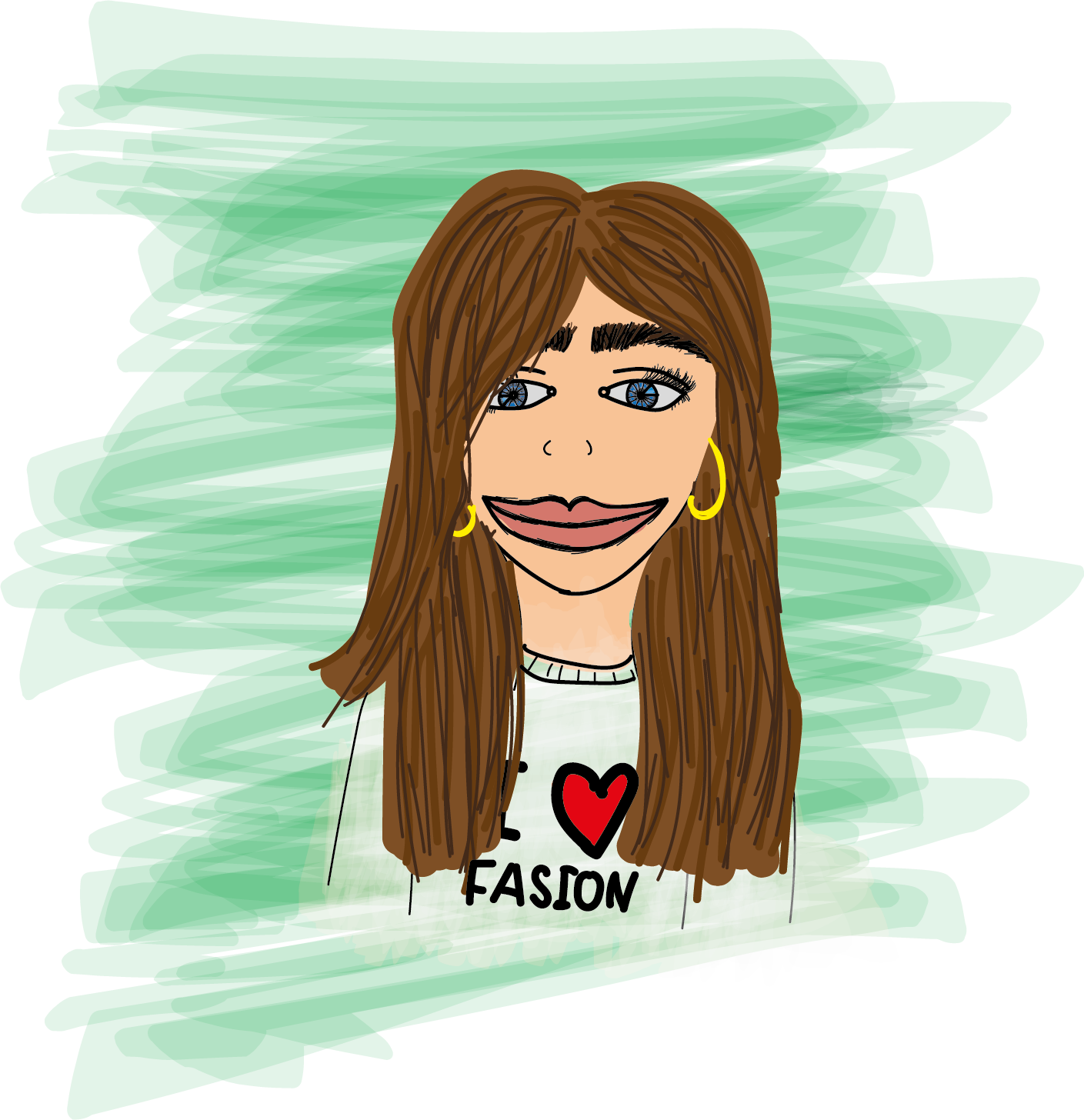Exam Collection Willem de Kooning Academie 2023
HEIR depicts the grieving process. In five distinct phases - denial, anger, depression, emptiness, and acceptance - I make this emotional journey literally wearable. I have combined influences from classical mourning dress codes, various cultures, and traditions with the five phases of emotion, resulting in complete outfits.
'HEIR' guides someone in mourning through the final phase of accepting the loss by allowing space for the emotions associated with each stage of grief. The colors used in my collection reference each developmental stage in the grieving process, and the fit corresponds to the different emotions. The crucial aspect is ensuring that the loss is processed well, and the bereaved take the time they need. The grieving process, the sorrow, and the void experienced are profound because there was a deep love for the departed. Therefore, the emotional mourning period has a peculiar beauty that is both exquisite and raw. I aim to appreciate, illuminate, and celebrate that profound love.
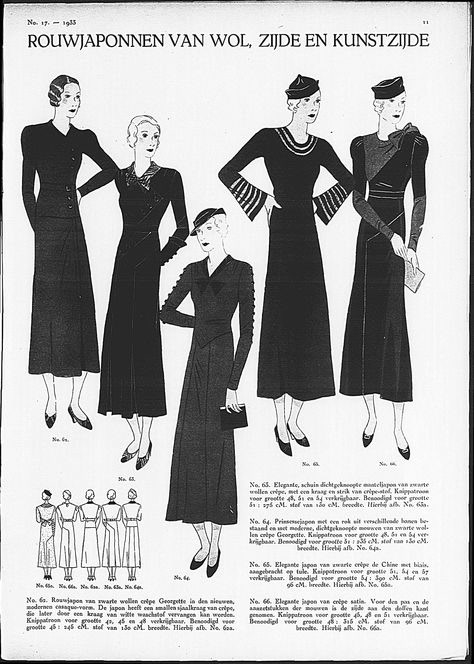
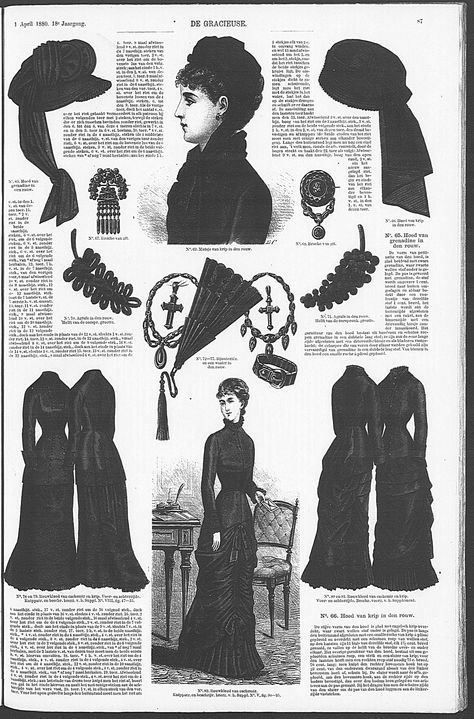
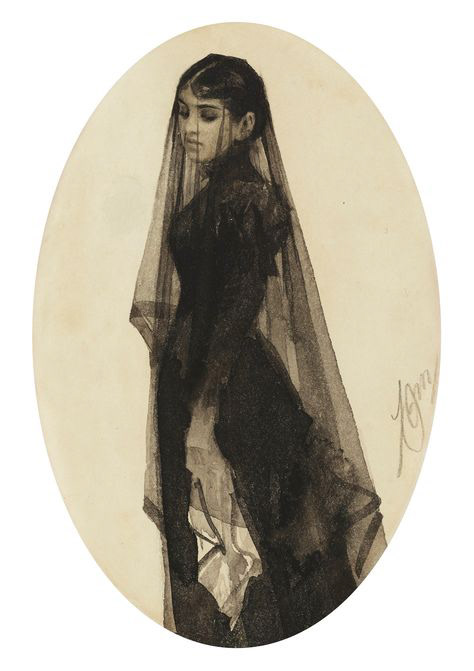
THE LAST SUPPER
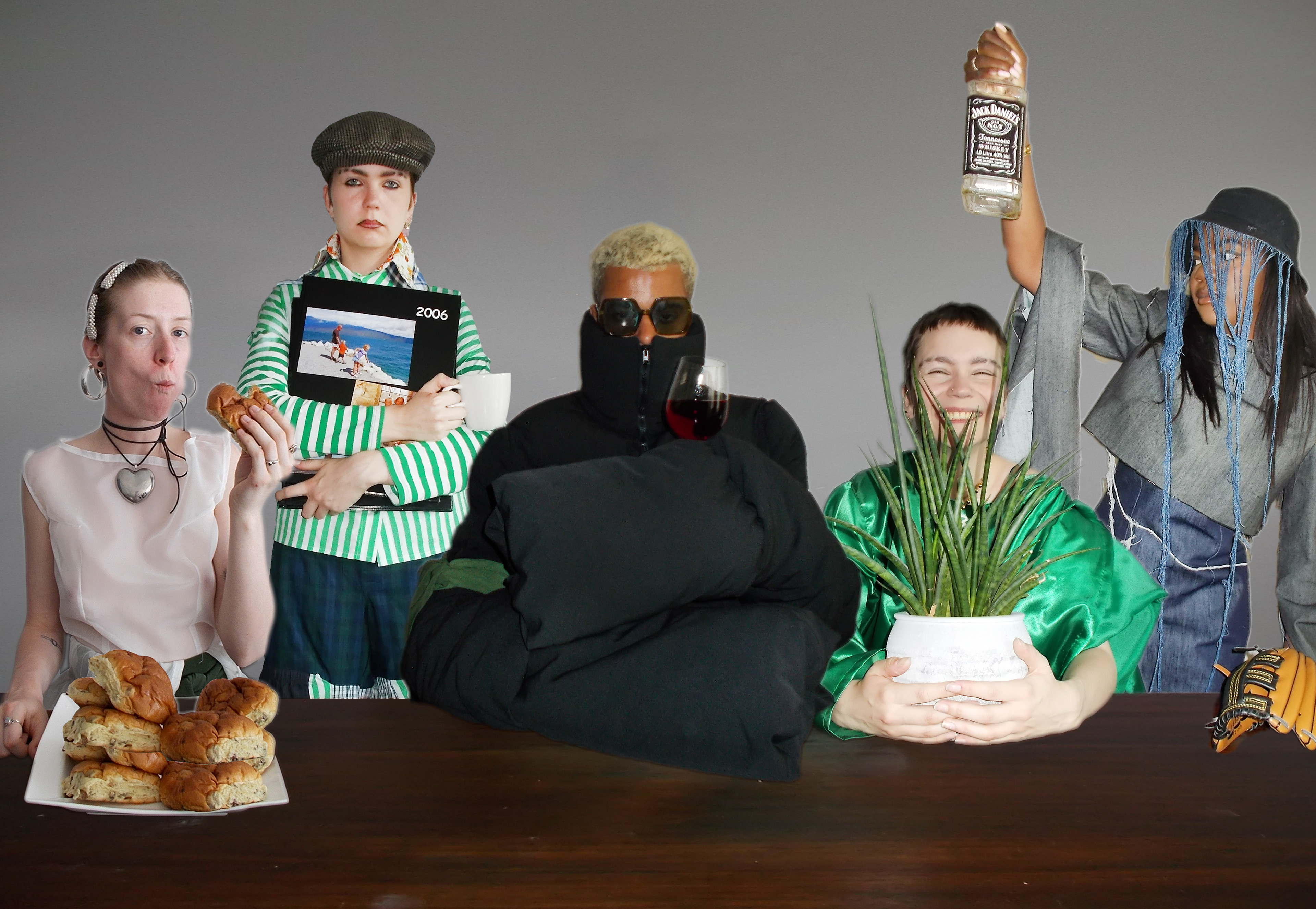
PROCES
With my collection, I aim to portray the stark reality of the grieving process. I personally absorbed the weight of each emotion before transmitting it to my audience. I want them to experience the associated emotions with each garment. What message am I trying to convey? Where is the focal point?
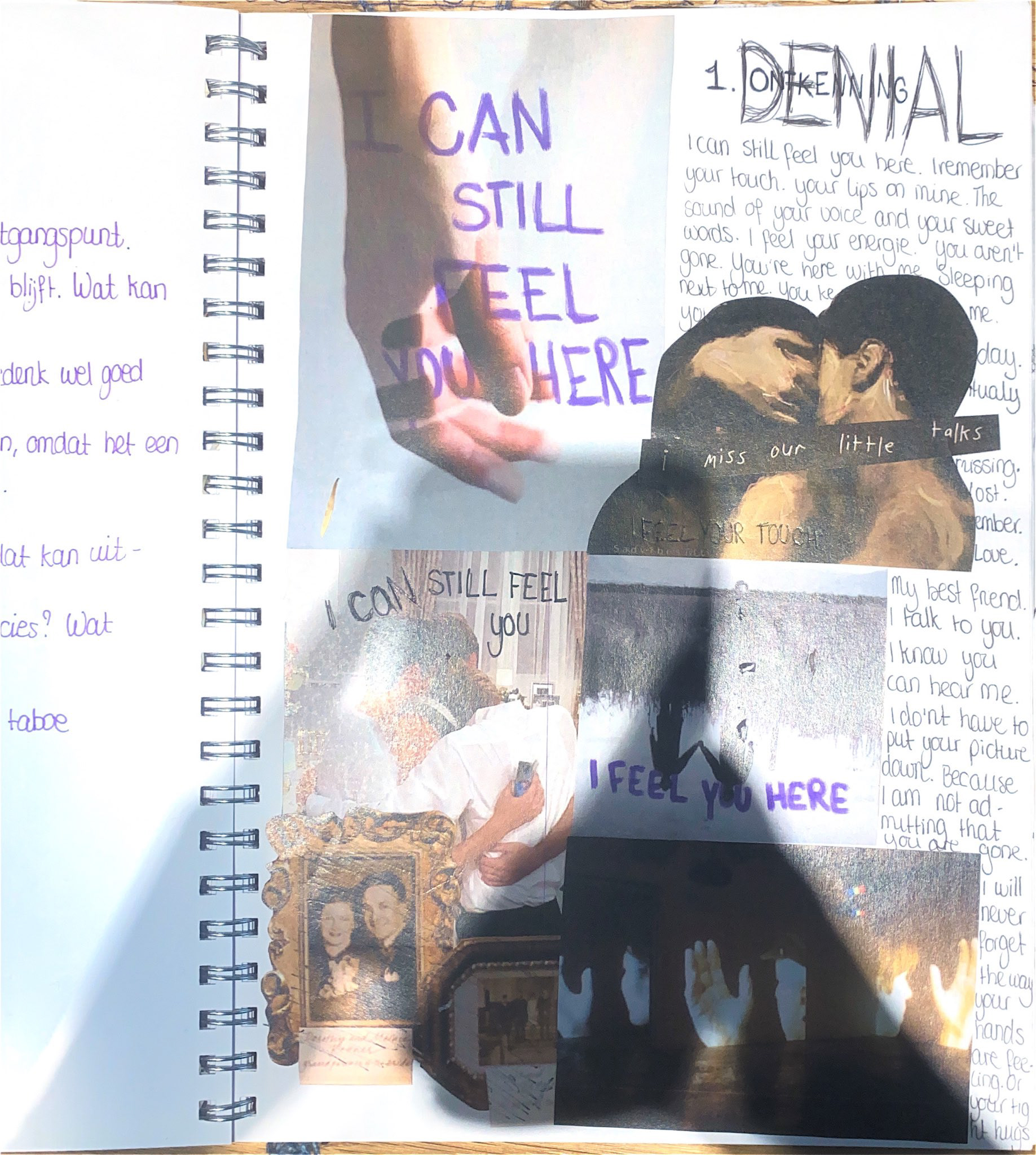
1. Denial
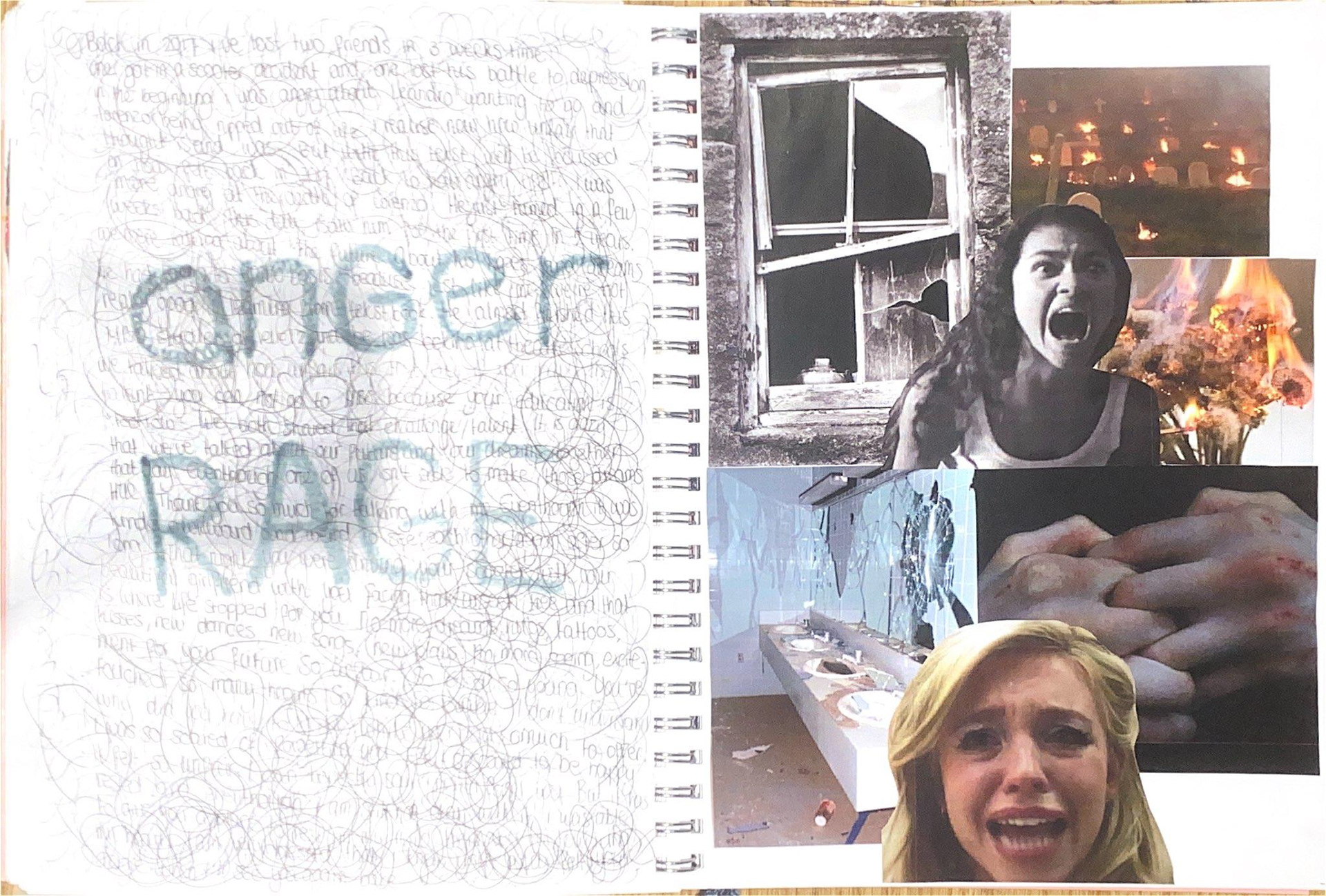
2. Anger
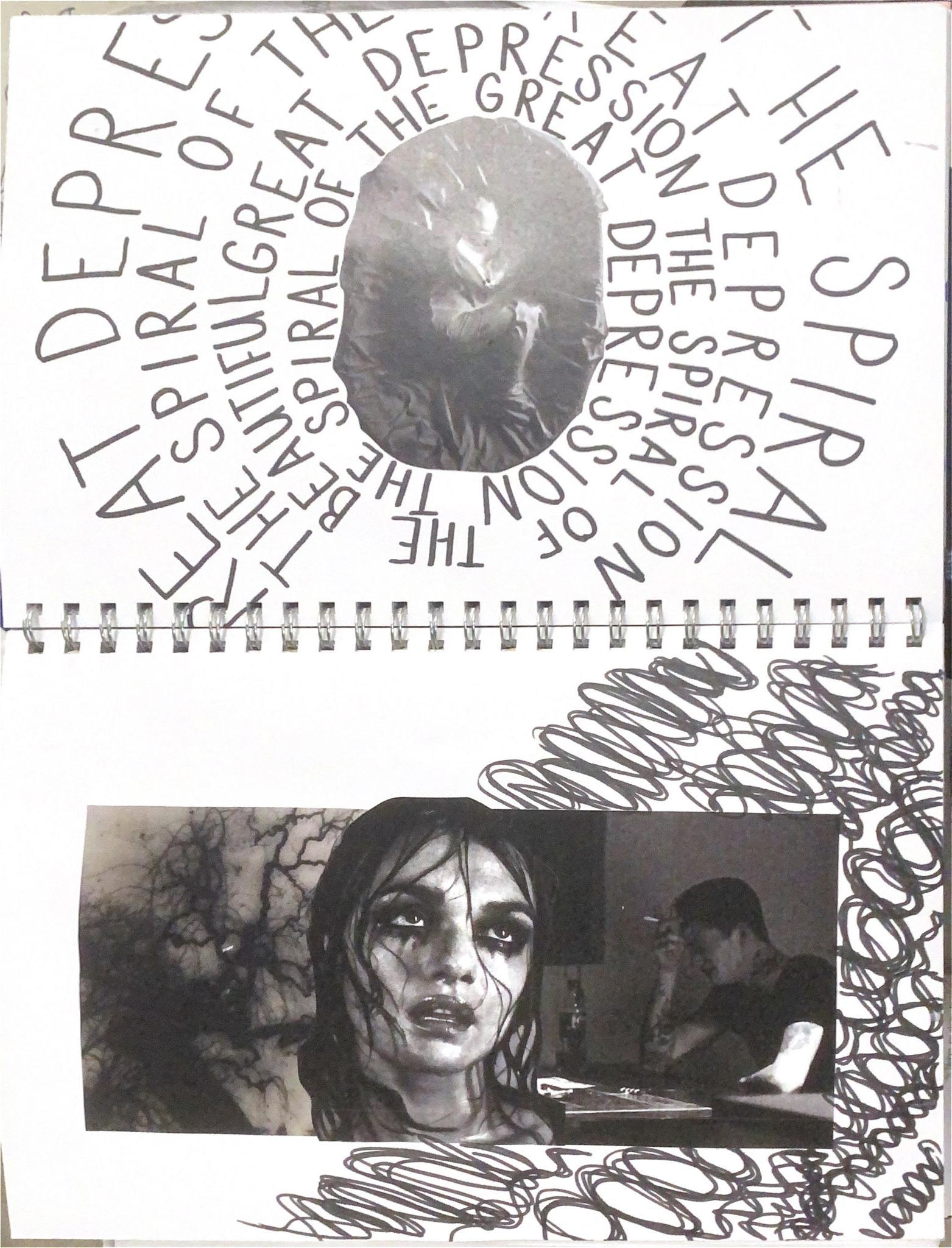
3. Depression
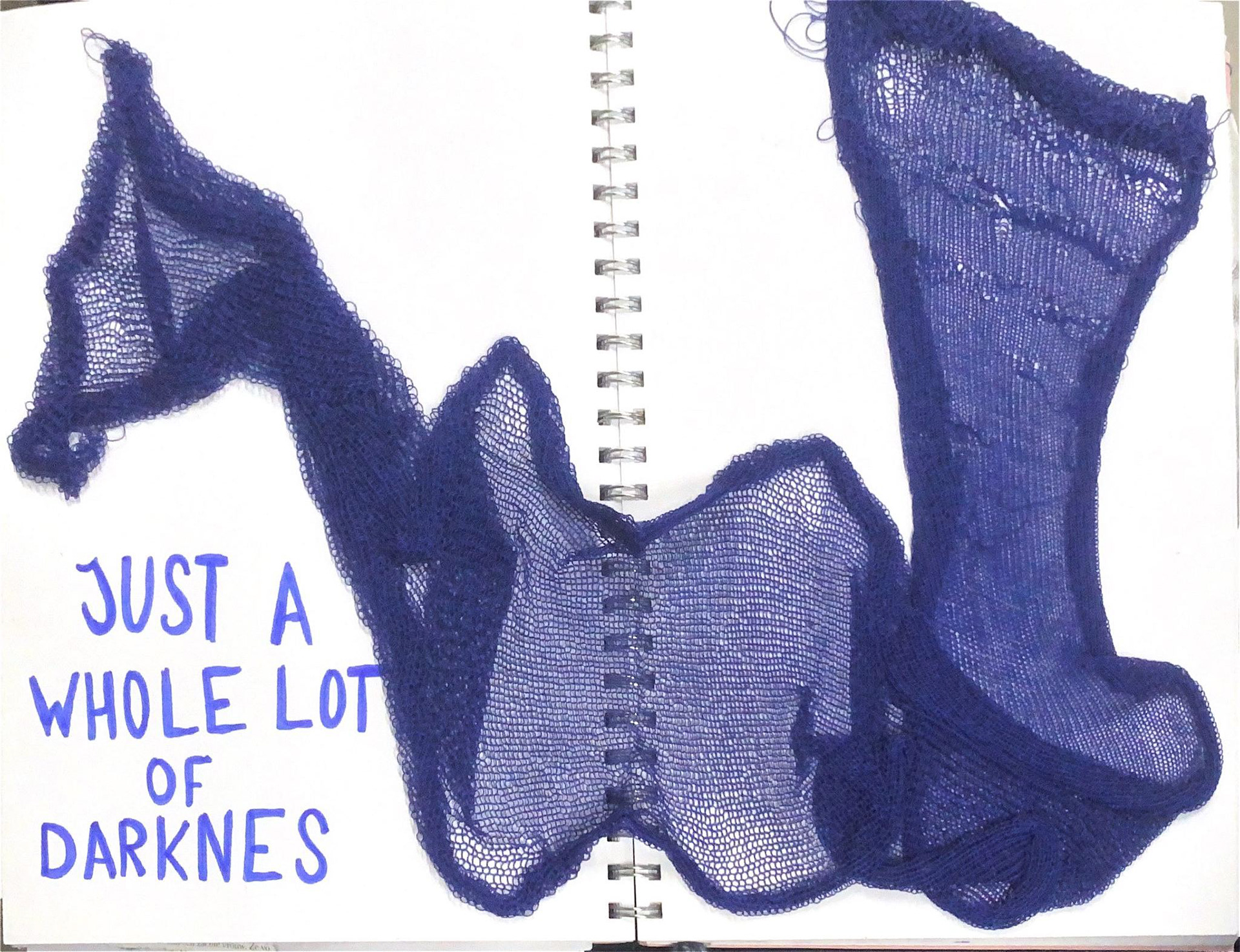
3. Depression
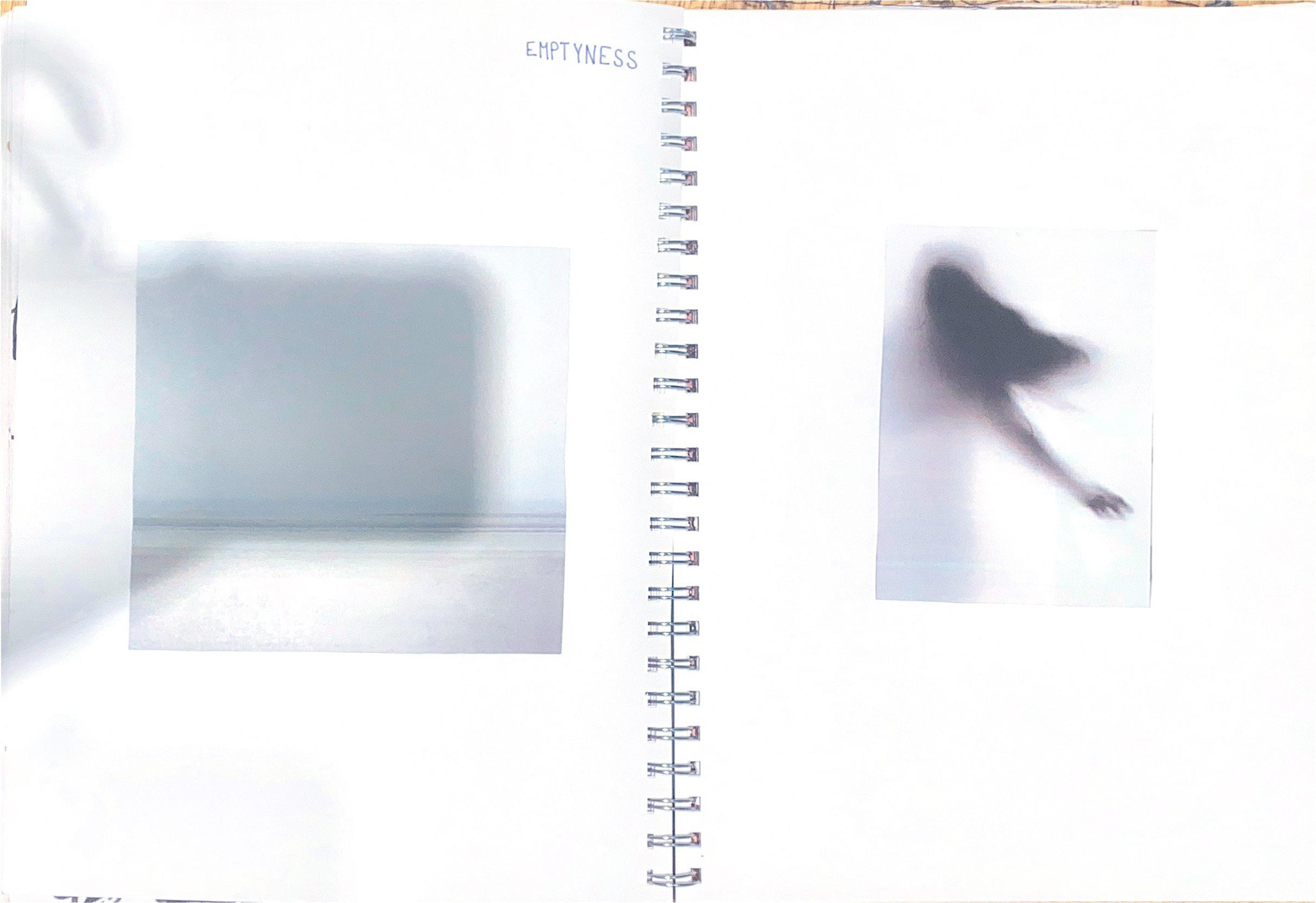
4. Emptiness
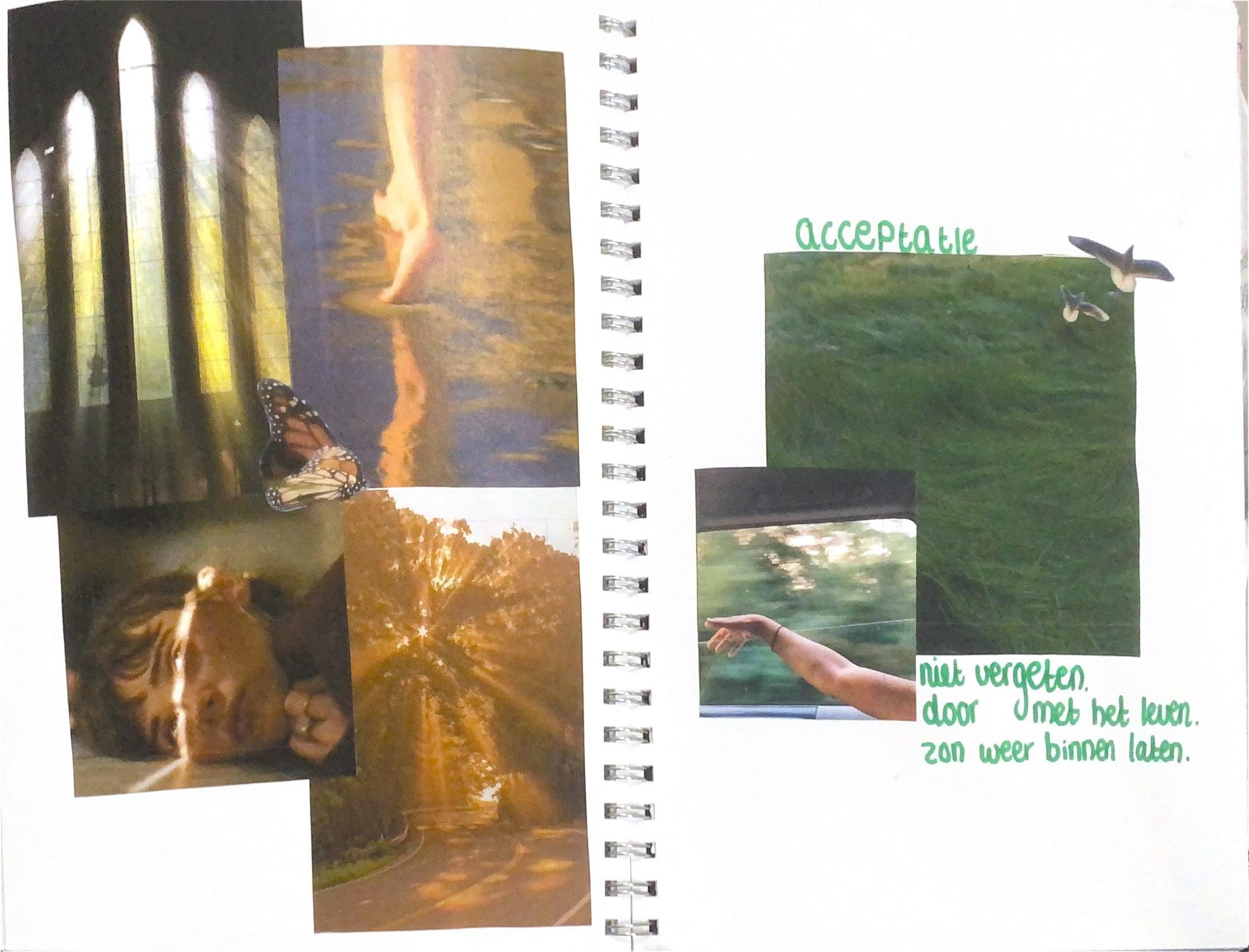
5. Acception
THE 5 STAGES AND THE DESIGN PROCES
STAGE 1: Denial
The disbelief reaction arises almost instantly. The overall defense mechanism functions as a kind of safety net for unexpected news. Denying a loss serves as a form of self-protection, offering the individual a chance to gather their thoughts.
Driven by a desire for collecting, the first outfit emerged. Placing value on garments imbued with the scent of the departed, like shirts and boxers.
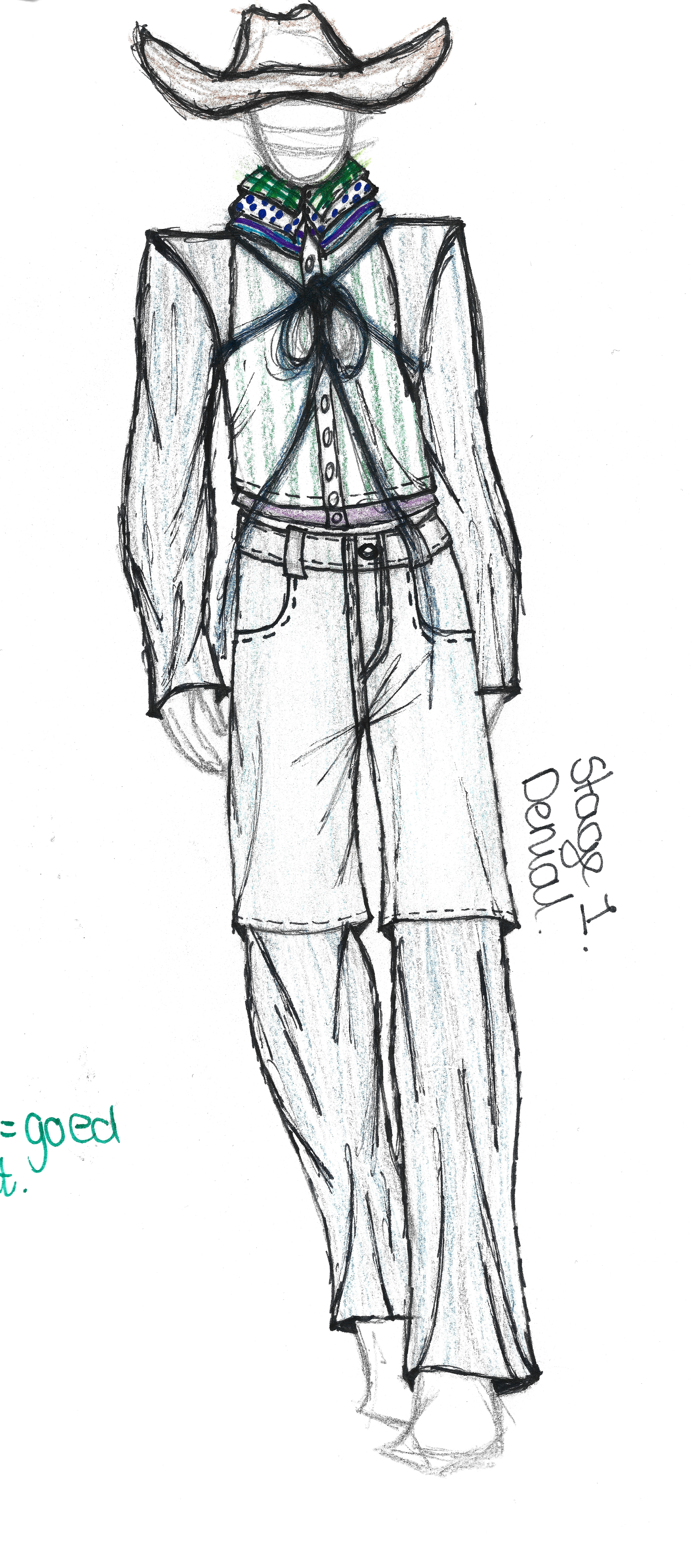
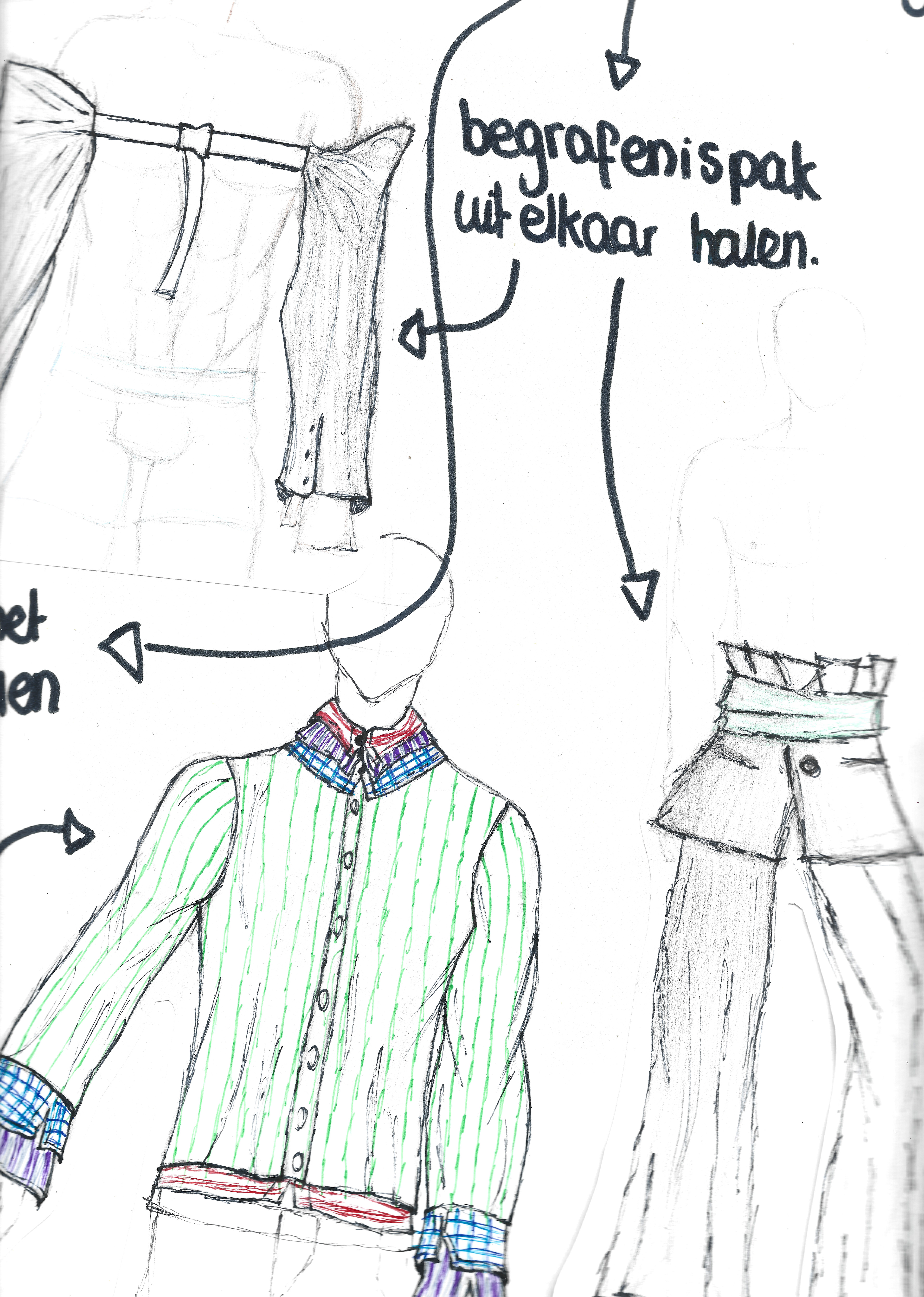
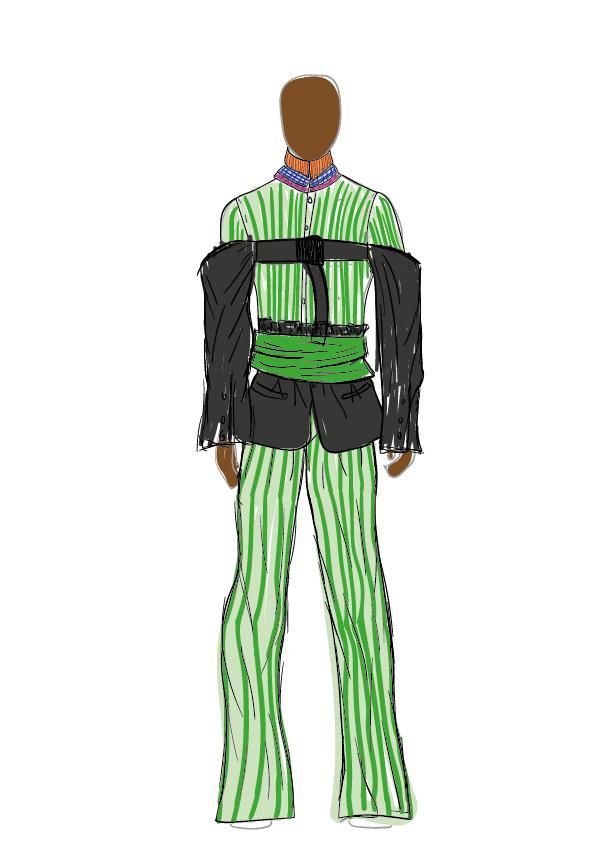
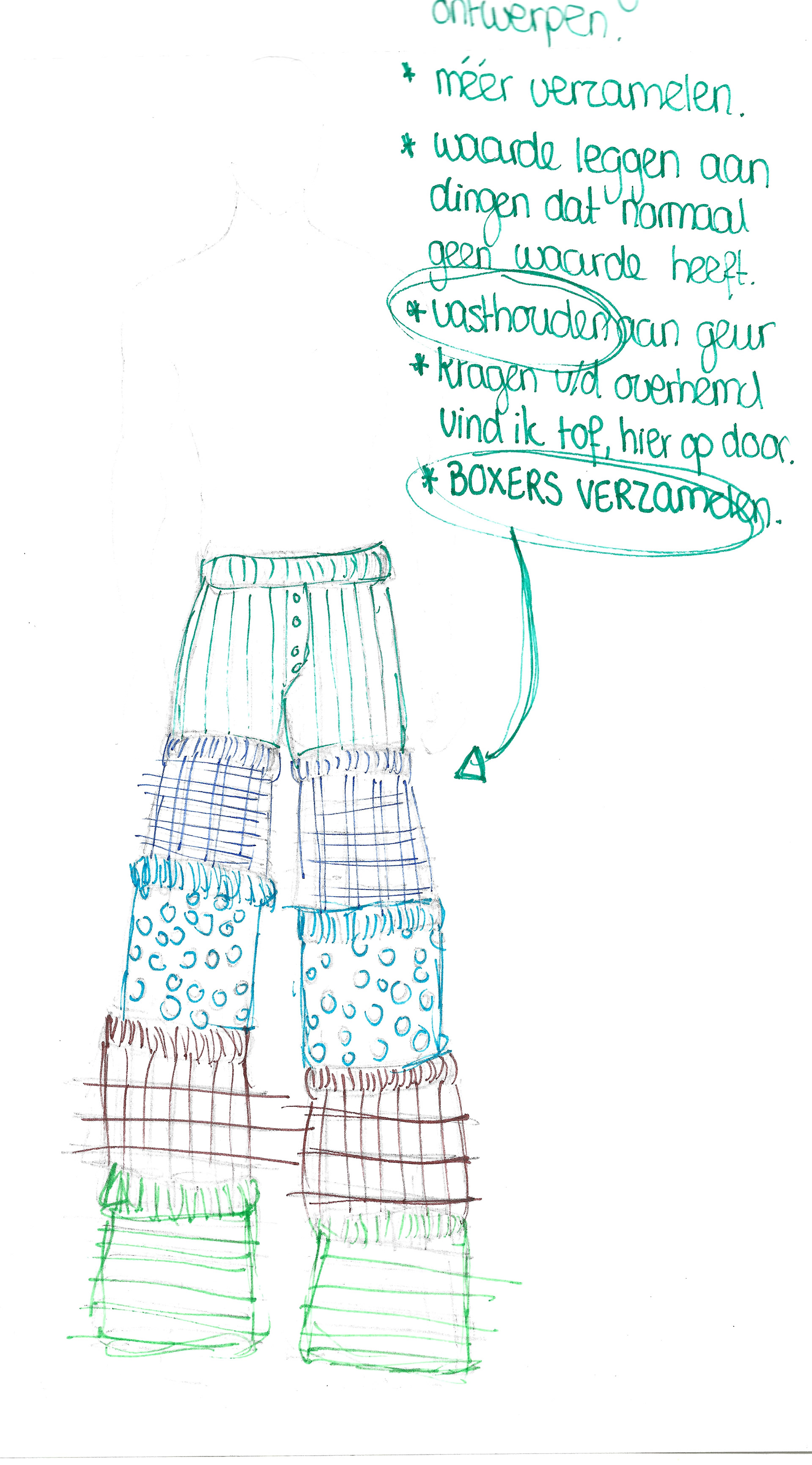
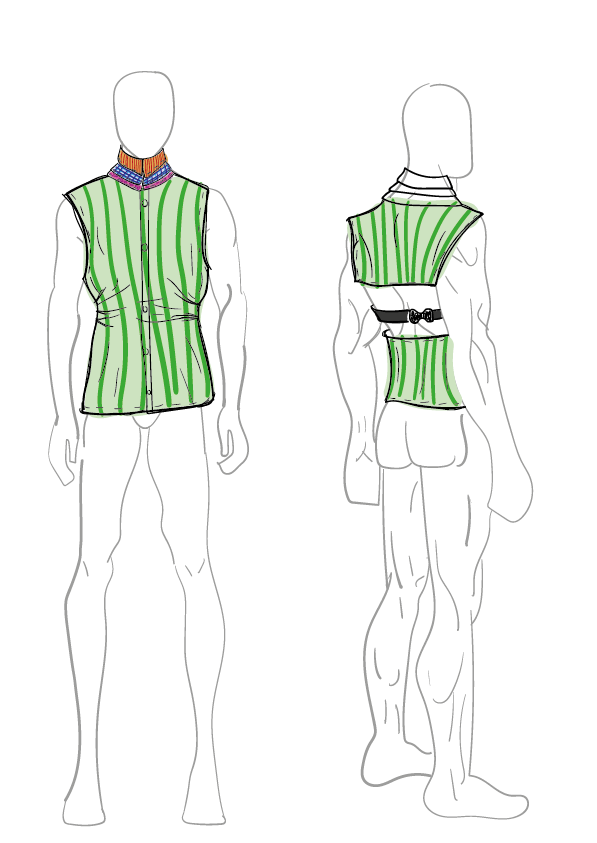
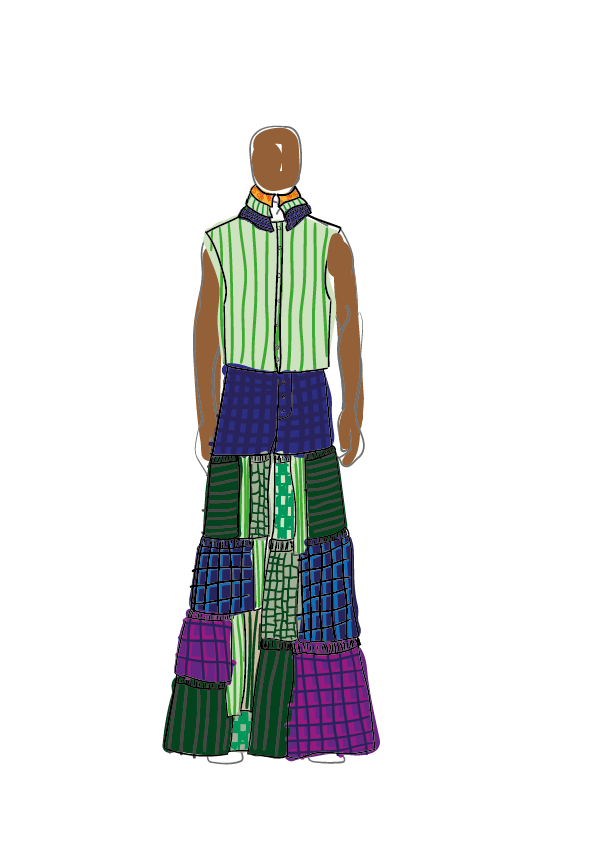


STAGE 2: anger
At the end of the initial grieving phase, the bereaved starts seeking facts, truth, and possible culprits. Once an individual fully grasps the situation, sorrow gives way to anger, rage, irritation, jealousy, and resentment. This stage is when relationships are most fragile, with anger, blame, and a sense of powerlessness projected onto colleagues, a partner, family members, or other friends.






This phase is inspired by Judaism. As a mourning ritual, a tear is made in the garment of the most deeply affected bereaved before the funeral. I symbolize the anger and disruption of relationships by incorporating tears in clothing. For example, I painstakingly unraveled an entire pair of jeans, thread by thread. The remaining pieces then transformed into a matching veil.
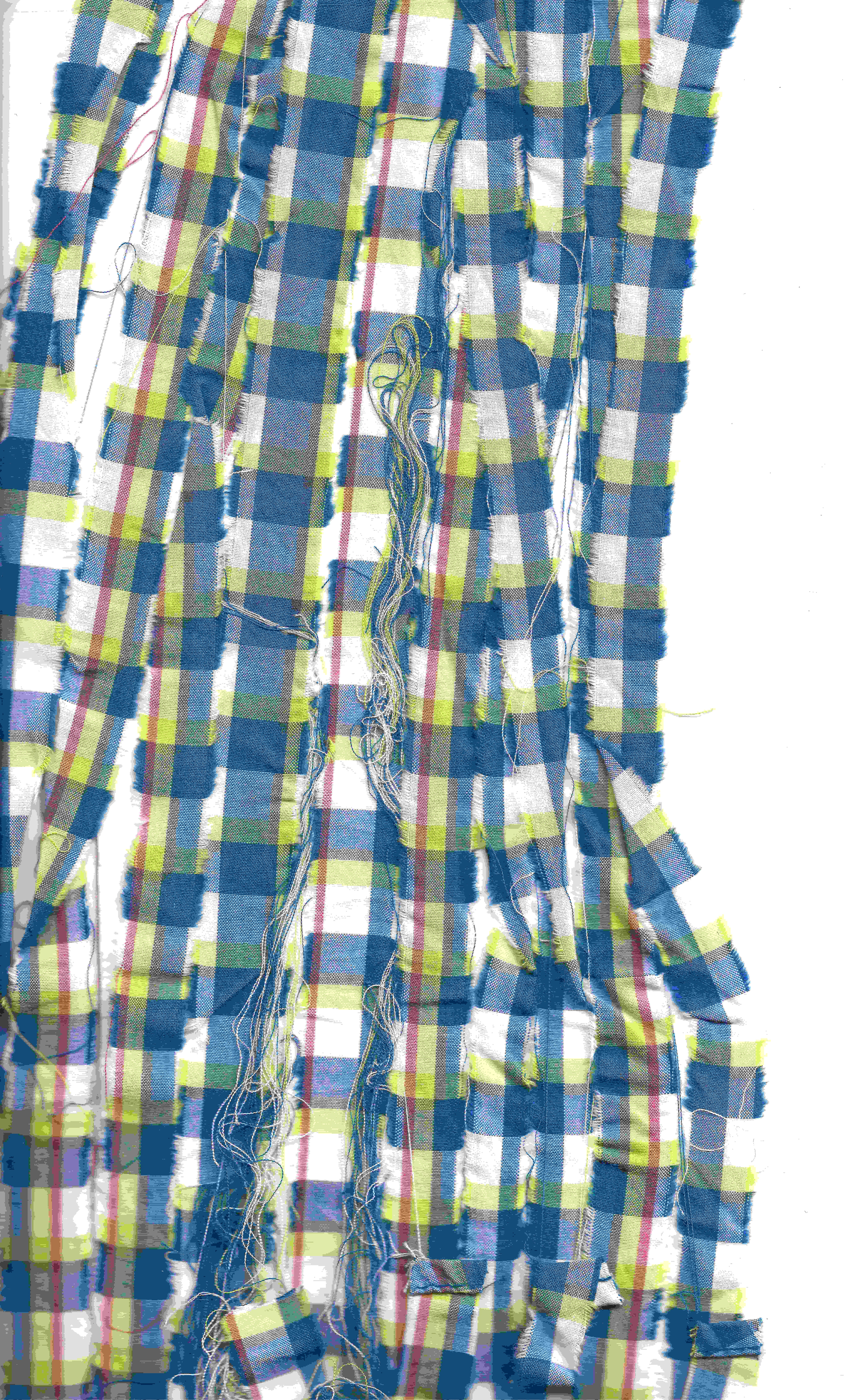
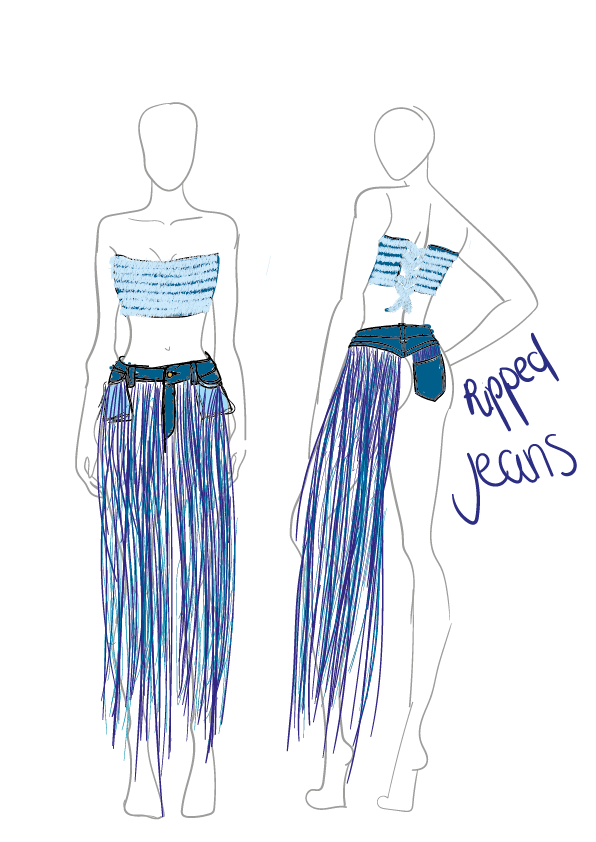

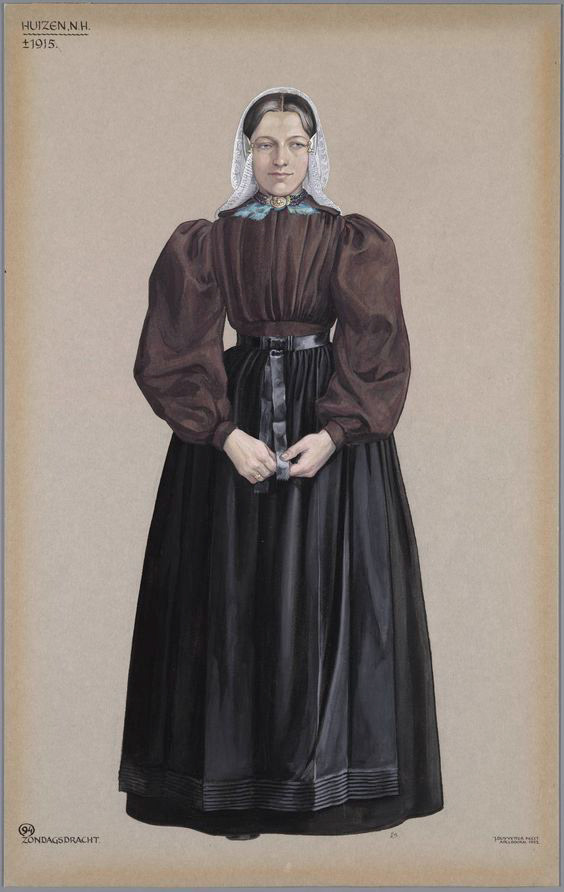
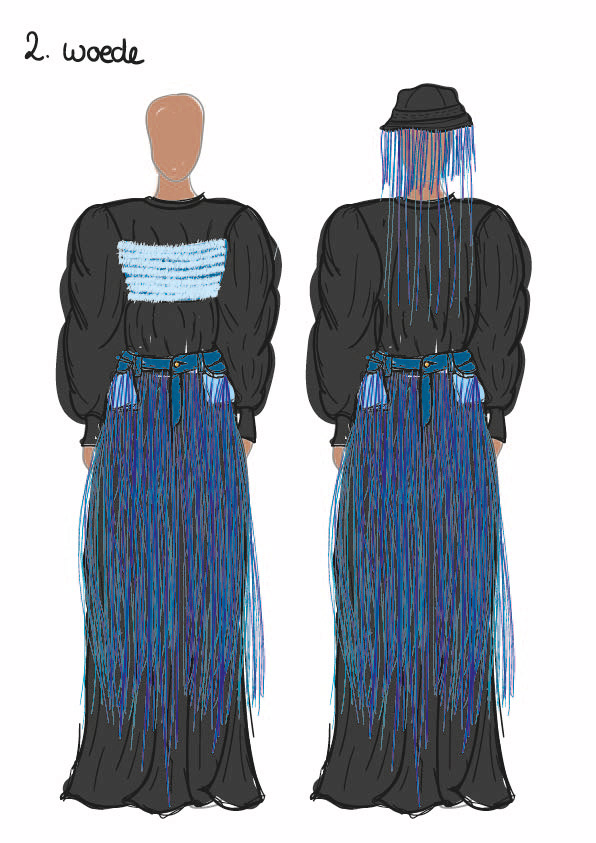
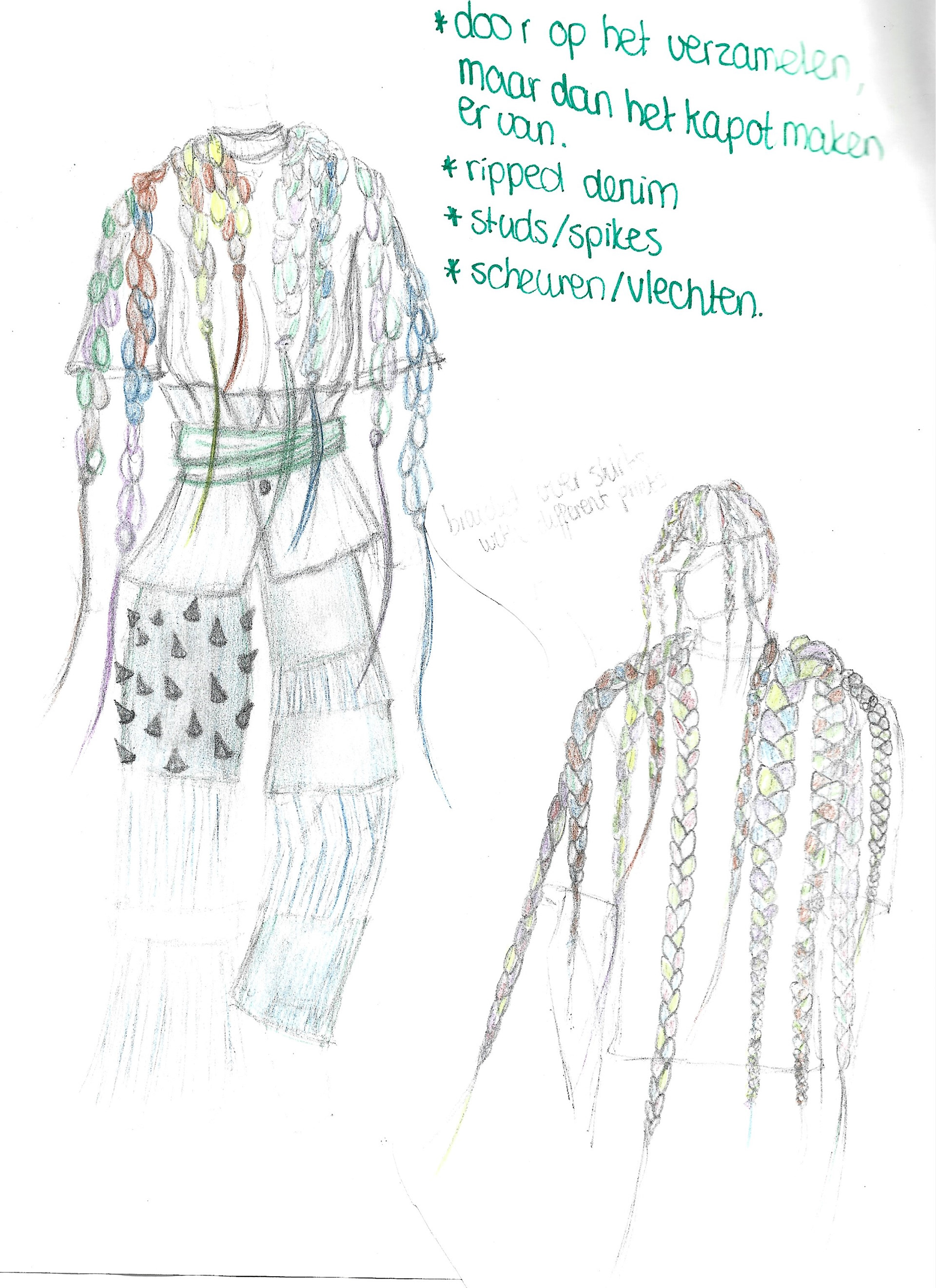
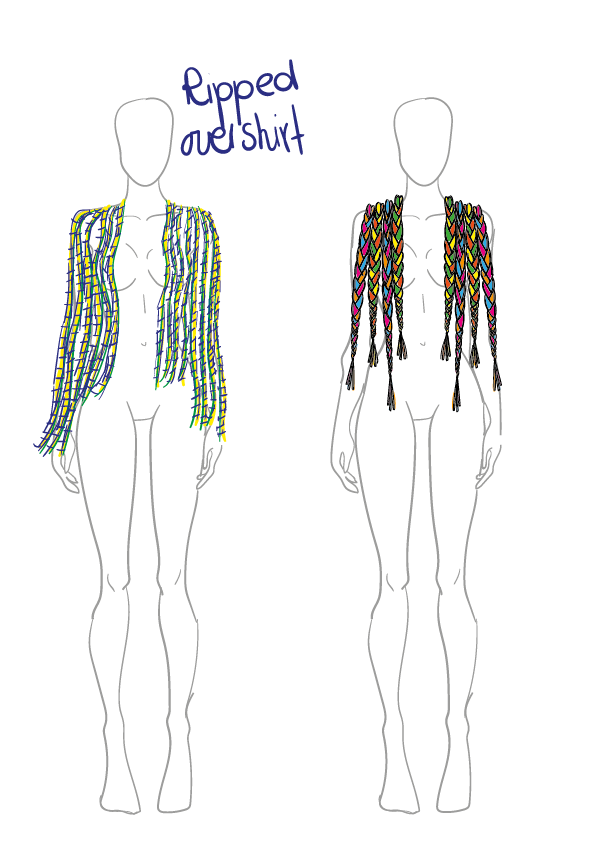
Denim is my favorite fabric to work with. It can be flexible, yet also suffocating. The anger during a grieving phase is highly personal and may feel as if one is trapped. The bereaved feels angry but may not have an outlet to express it toward anyone. Suffocating.

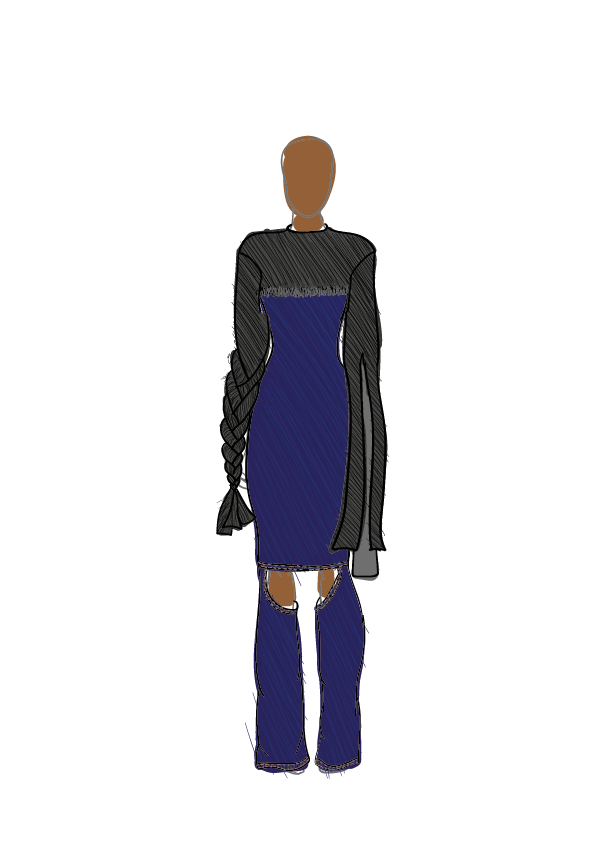

STAGE 3: depression
From this point onward, the real processing takes place. The awareness that a beloved individual is no longer present becomes unavoidable, and this realization can feel quite powerless. Accepting this awareness proves to be challenging. The bereaved enters the depression phase and may withdraw, distancing themselves from their surroundings.
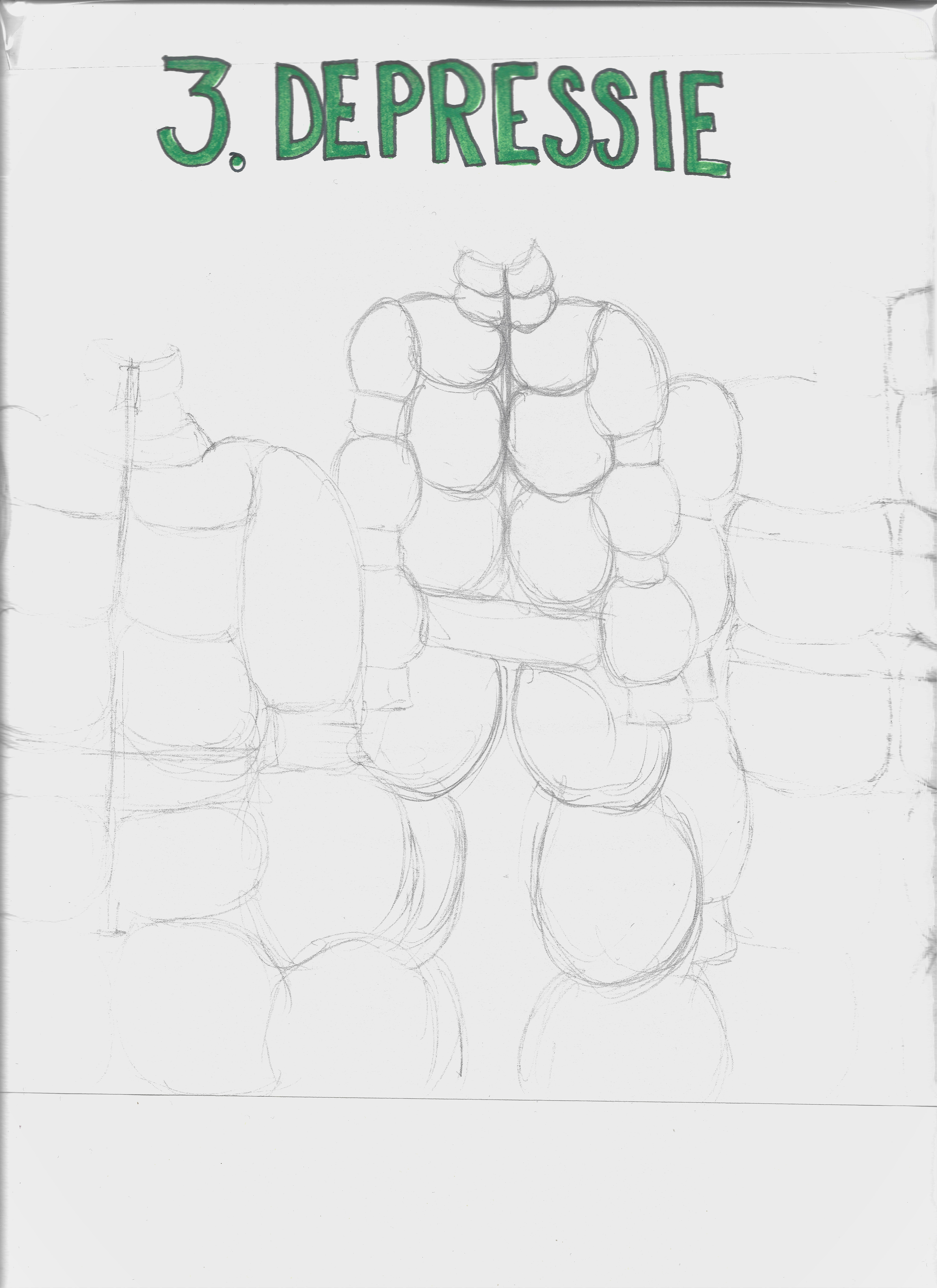
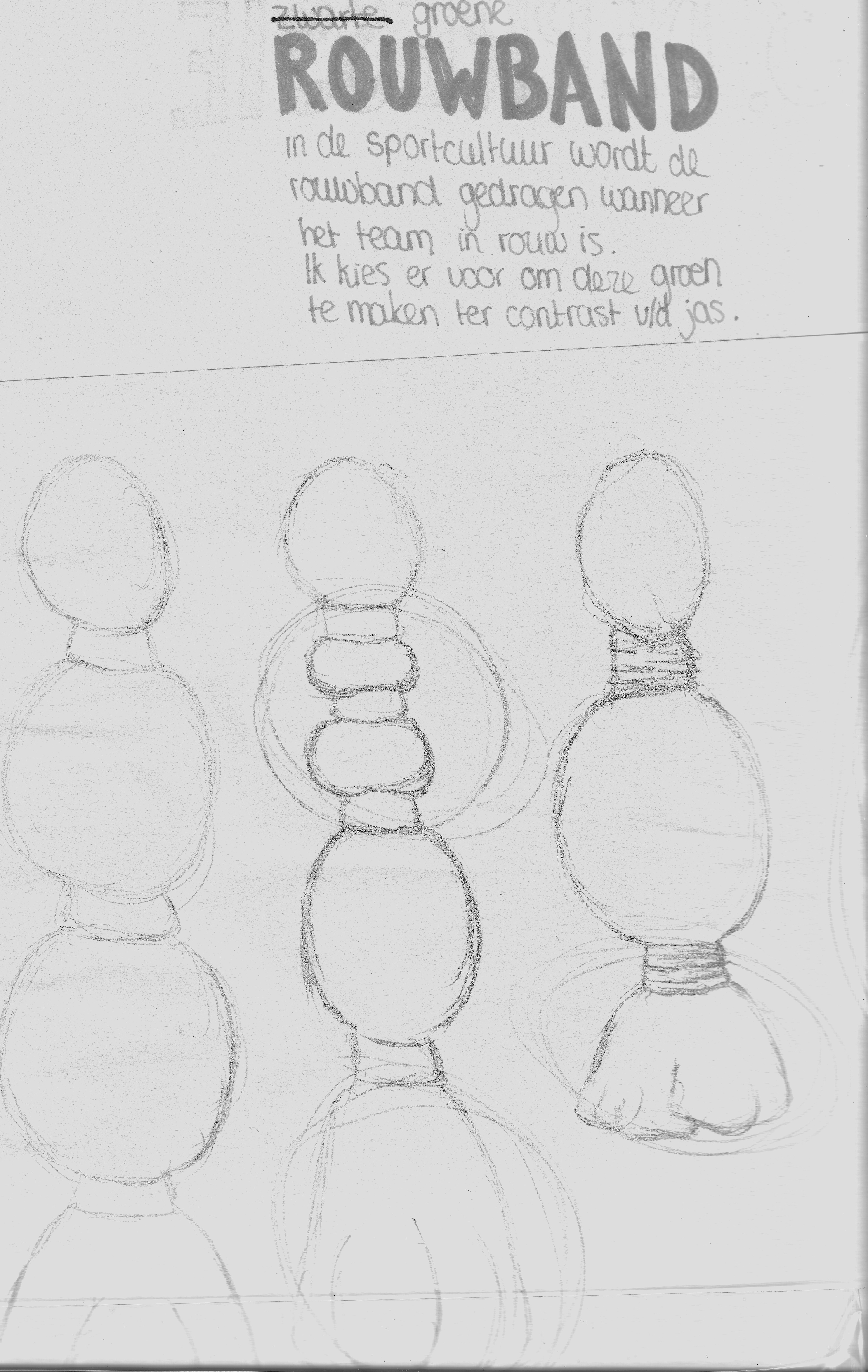
Depression is about hiding, isolating oneself, feeling emotional, and above all, it's very burdensome. In my personal experience, I didn't want to leave my bed. I completed this design within fifteen minutes and haven't made any changes since. Inspired by the act of dragging a blanket, a heavy, oversized coat emerged, with a significant detail: the mourning band. This is still worn in sports culture.
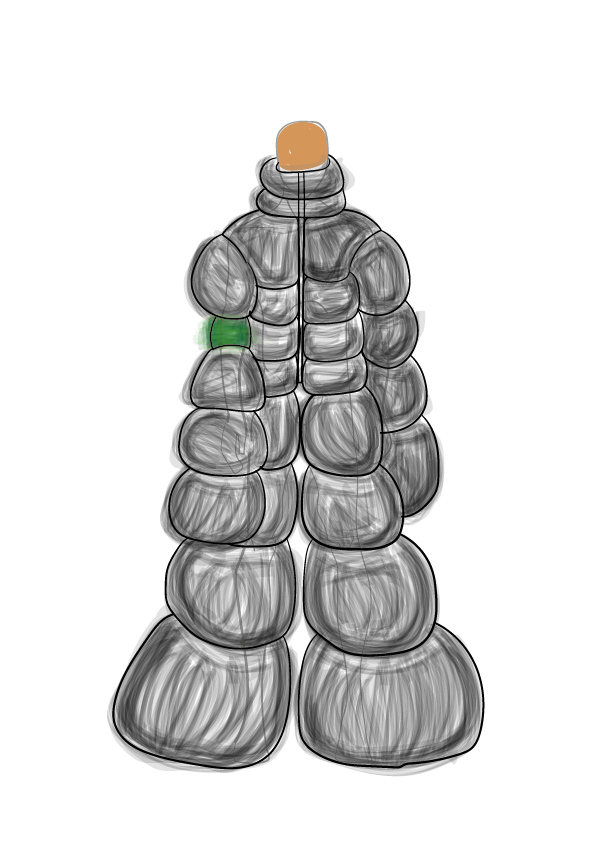
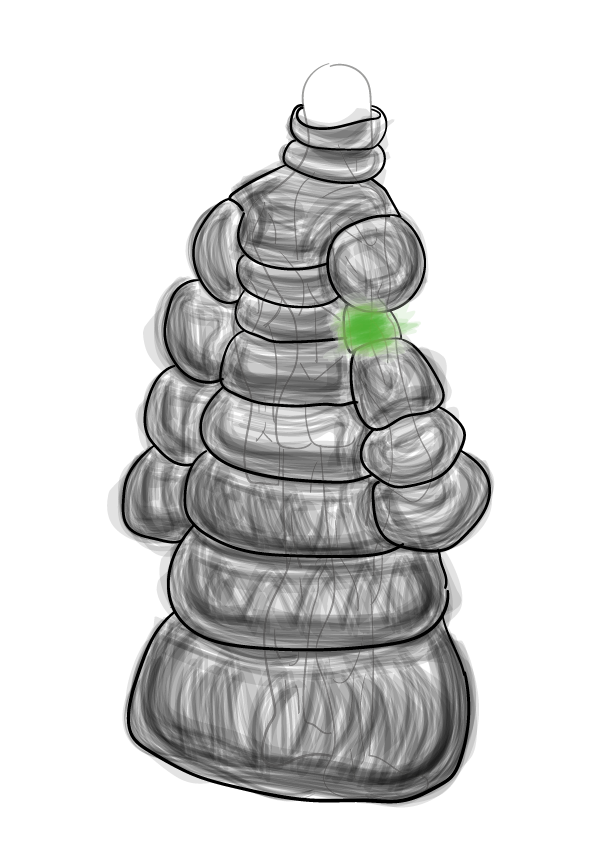
STAGE 4: emptiness
After every tear has fallen, the depressive emotions give way to a profound sense of longing and emptiness. It seems almost impossible to feel anything - neither sorrow nor happiness. I liken it to dense fog; there's nothing to see, no past, and no future.
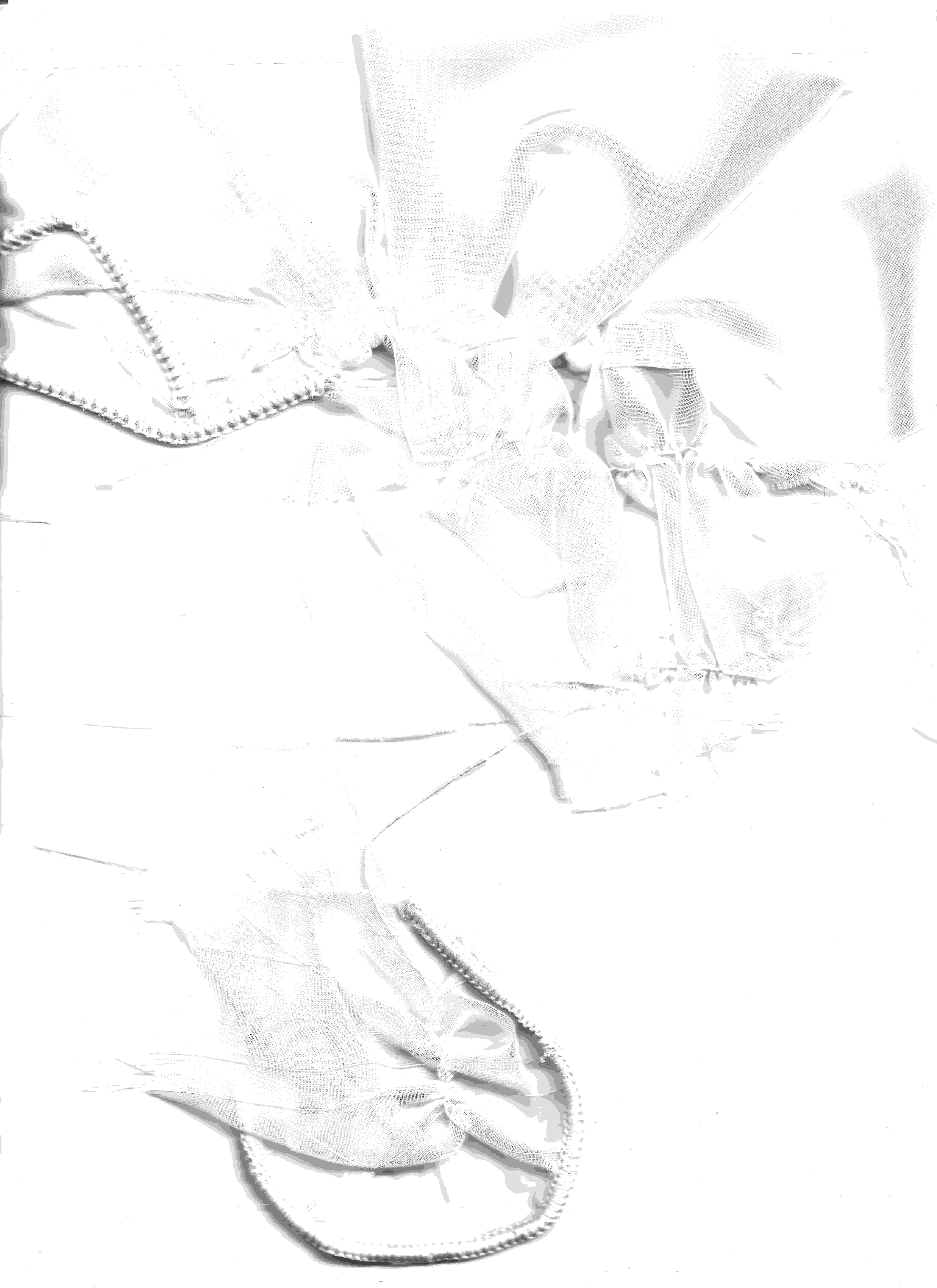
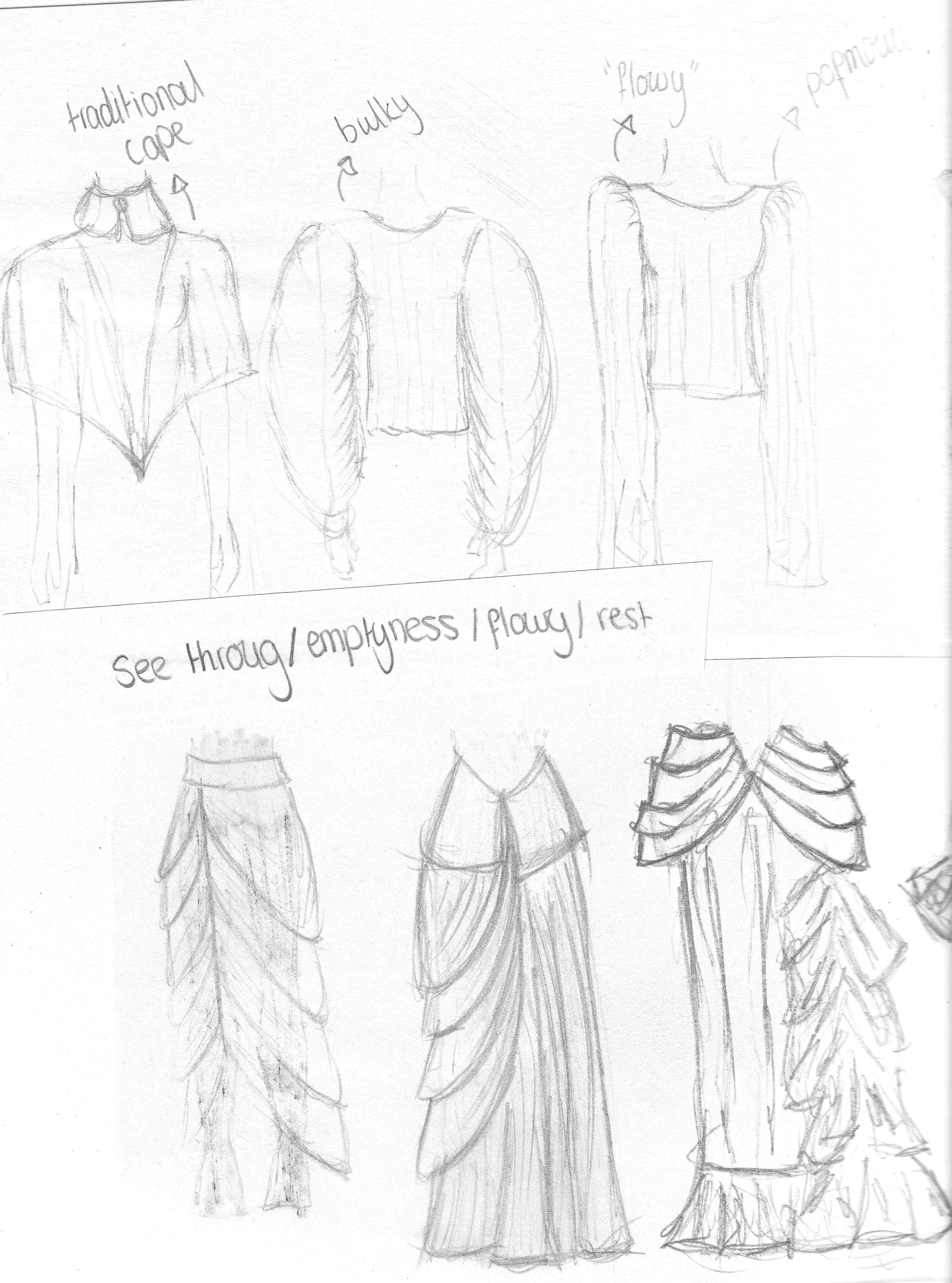

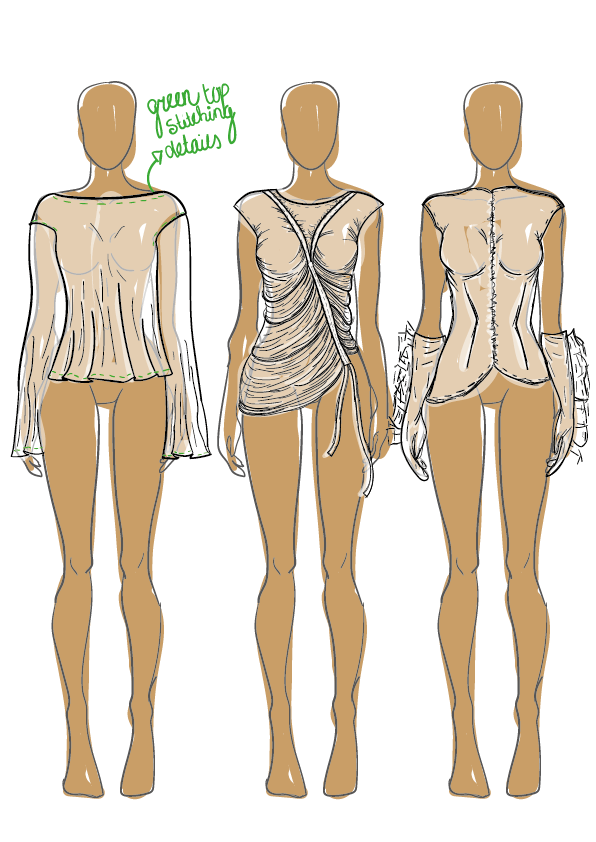
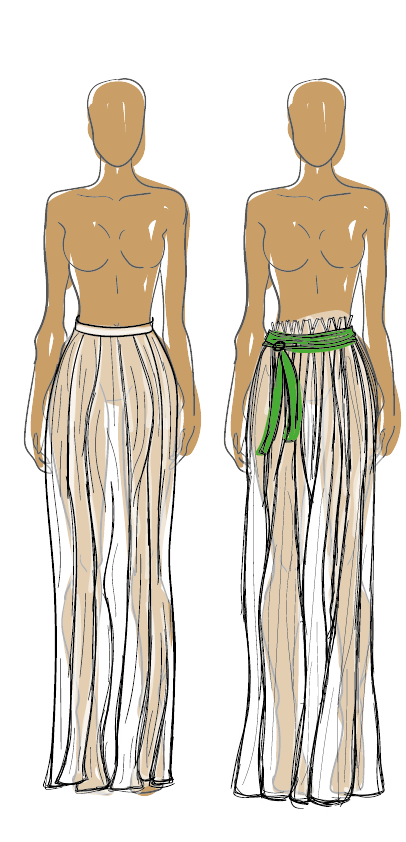
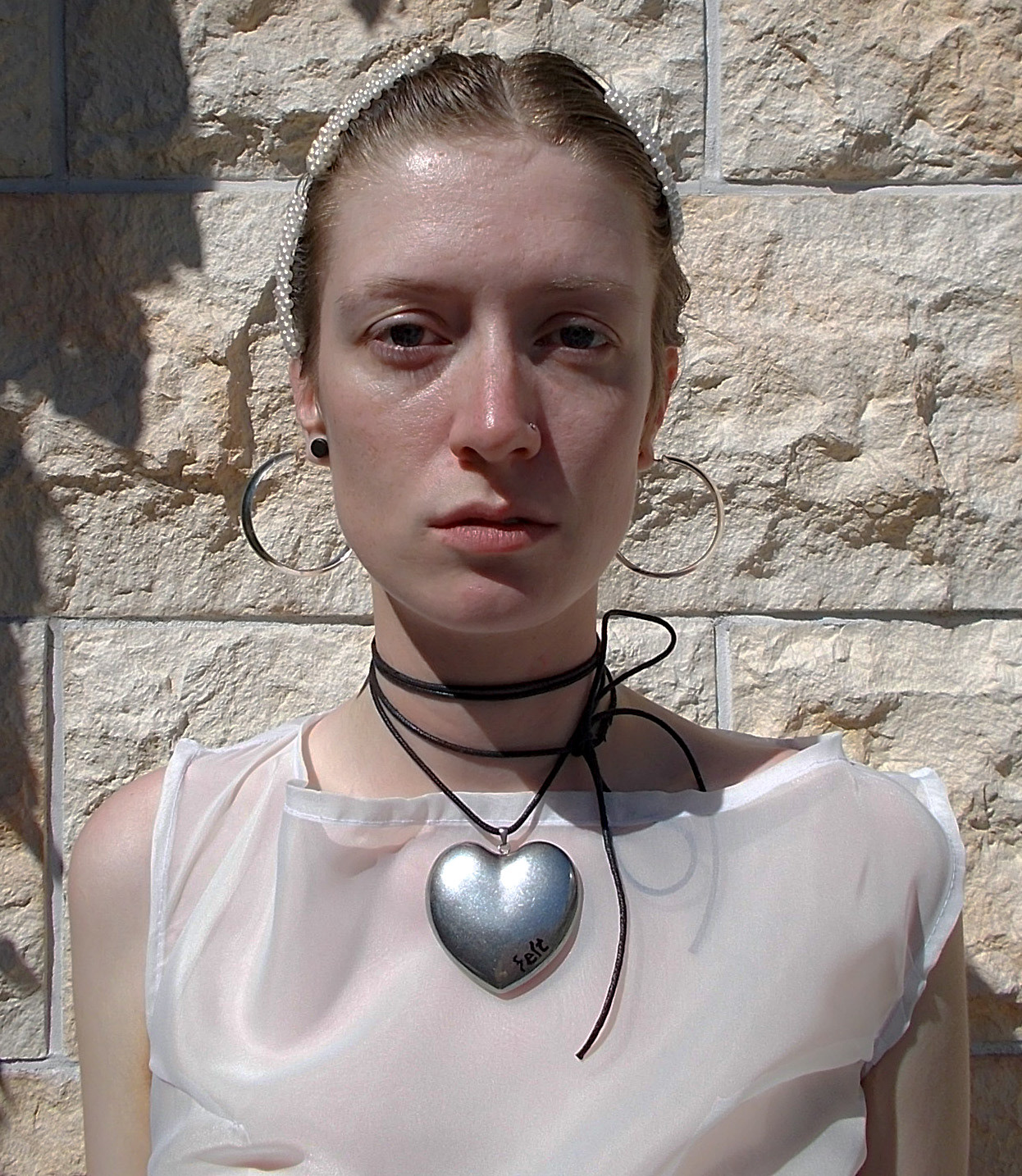
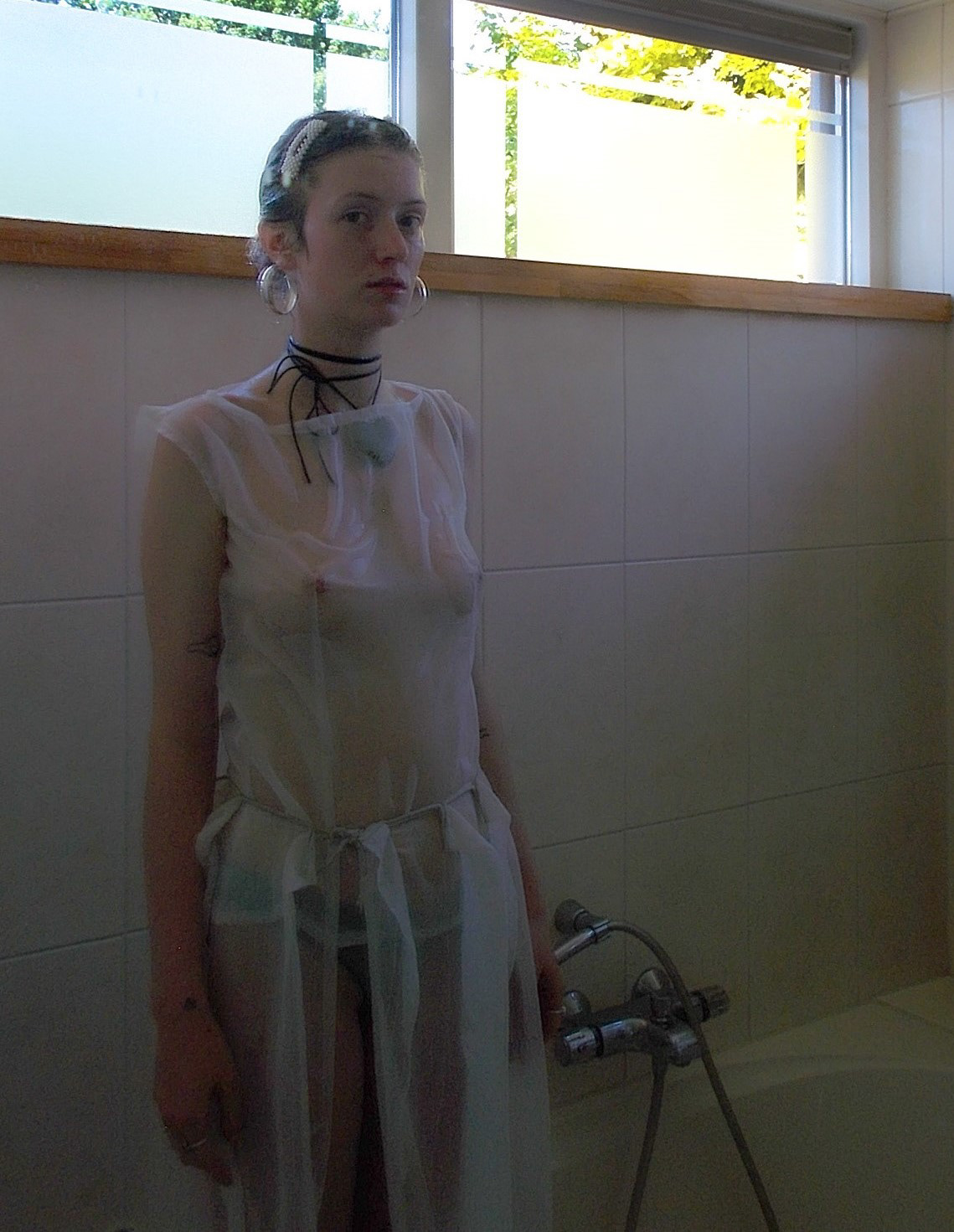
STAGE 5: acception
The person in mourning must take the time to process the loss. This period varies for each individual, but eventually, a moment of acceptance arrives. The sun shines through the windows again, and there is a renewed eagerness to undertake activities. It becomes possible to release the grip of the passing and gradually find a place for the loss. The departed is not forgotten, but one's own life is gradually reclaimed.
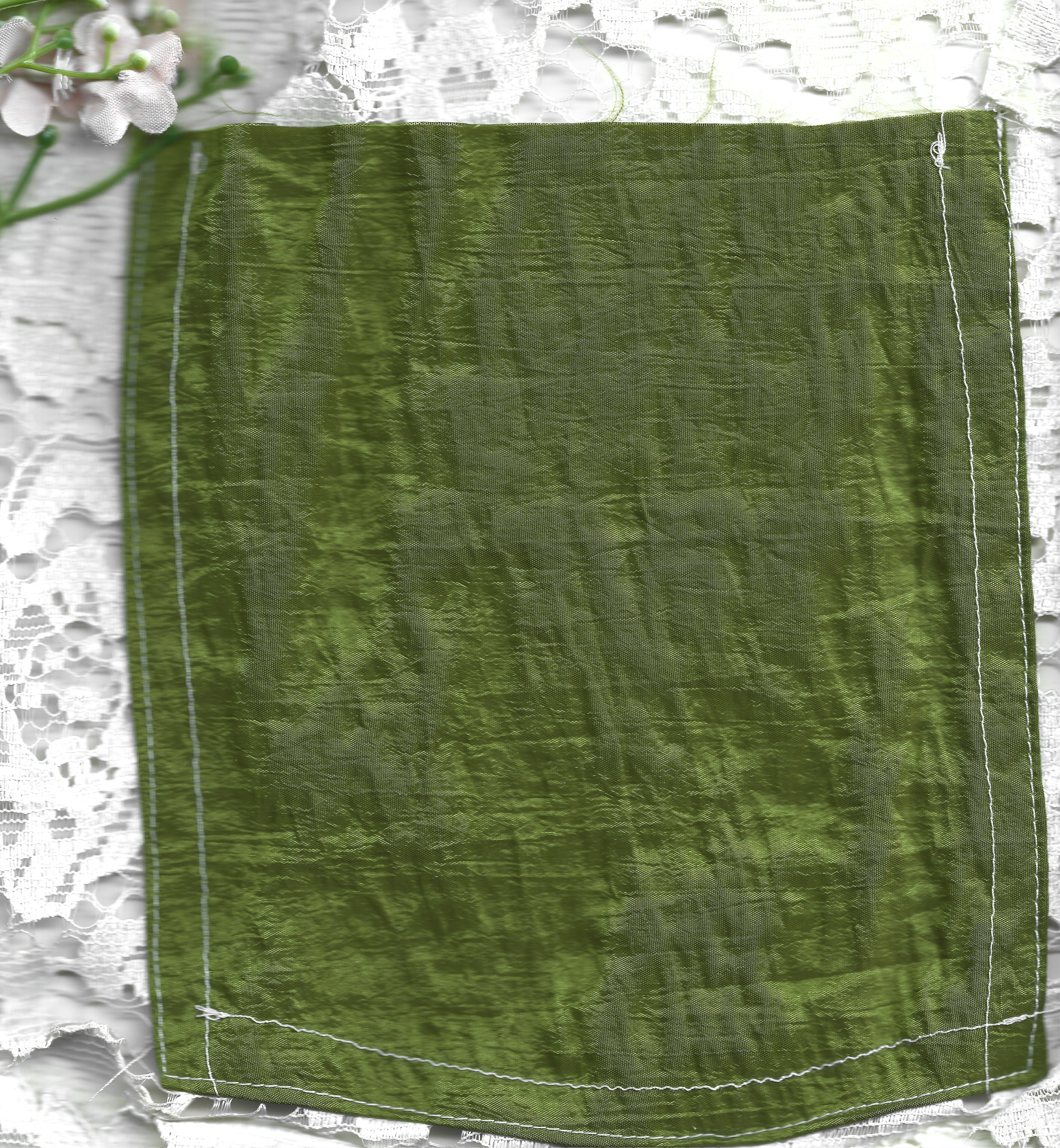

This was the most challenging phase to design for. How do you translate enlightenment with the weight of the past? That's when I turned to Buddhism; the first Buddha was in search of enlightenment. I imagine a bereaved person also yearns for that. However, an additional piece of fabric symbolizes the heaviness of a loss still being carried, even though it has been accepted.
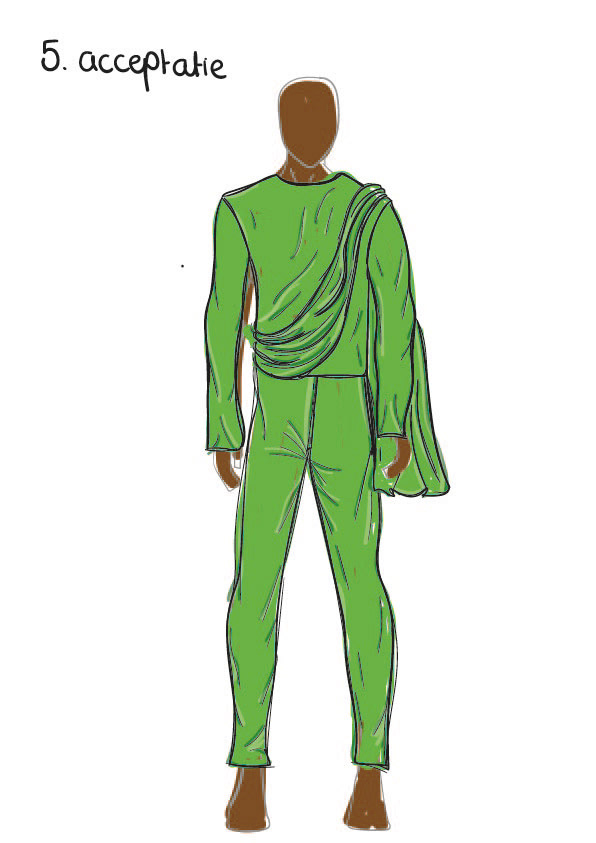

https://ar.pinterest.com/pin/460422761890579253/?amp_client_id=CLIENT_ID(_)&mweb_unauth_id=
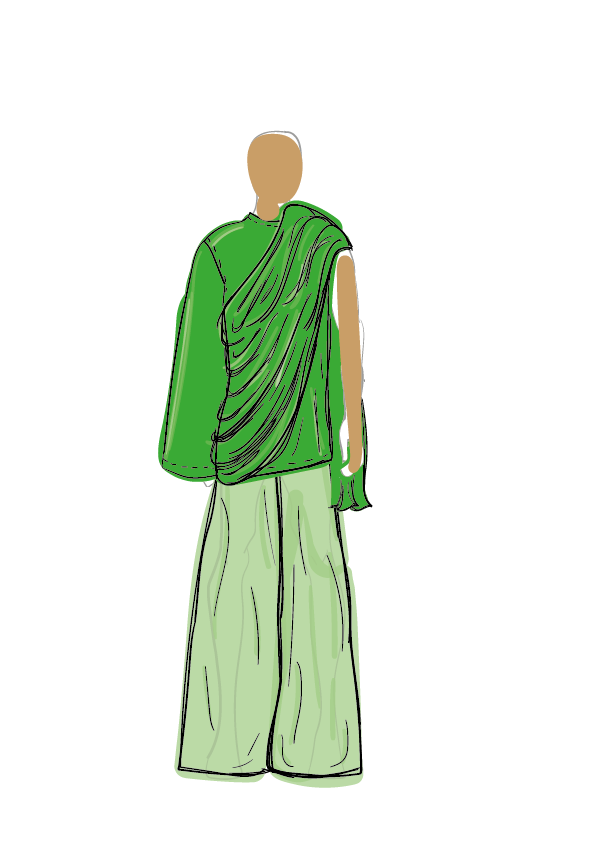
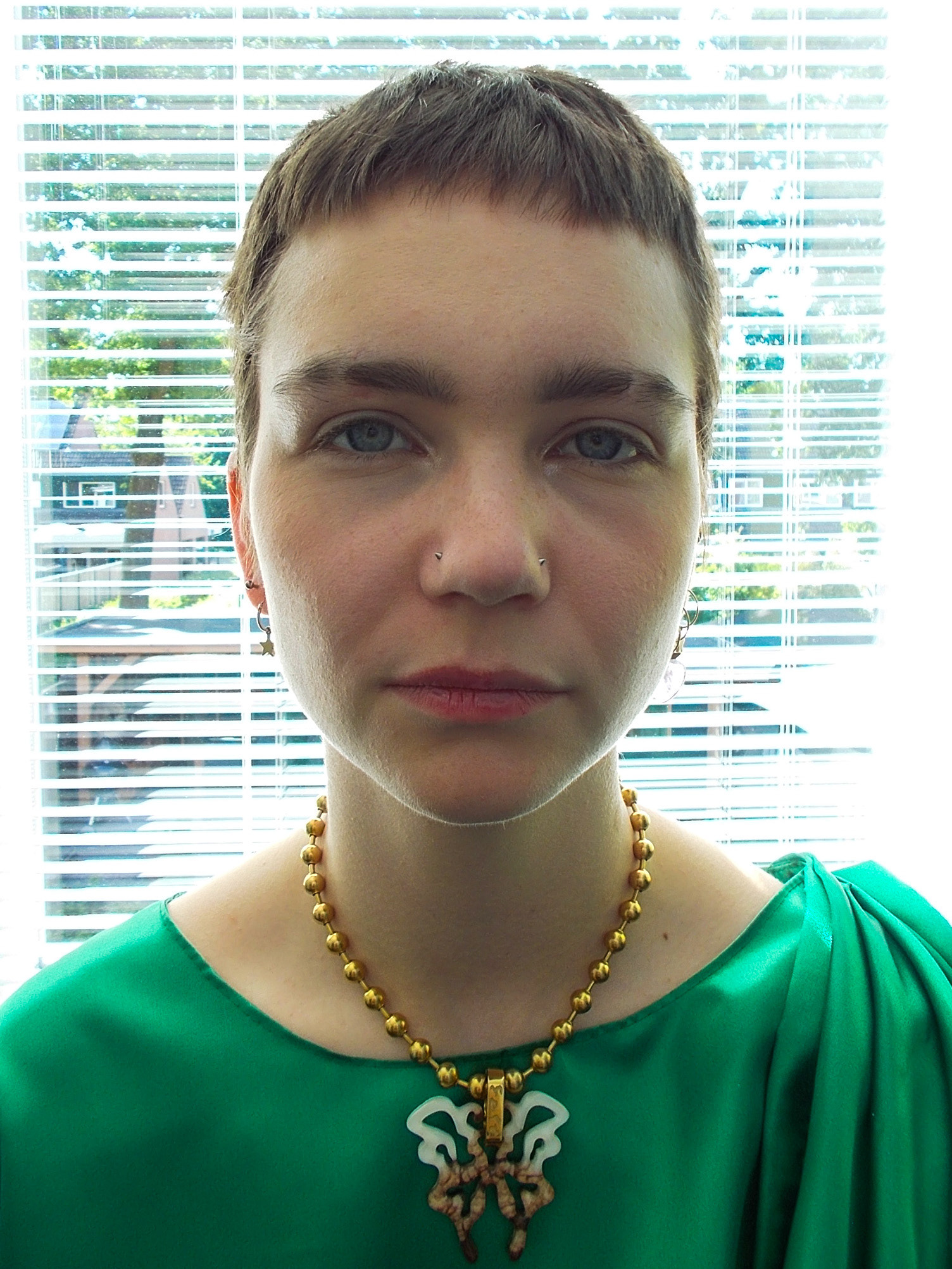
RESULTS
Thanks to my theatrical insight, I enrich the collection through visuals and movement. Humor is an essential aspect for me as a designer. I alleviate the heaviness of the grieving process by infusing humor into the visuals.
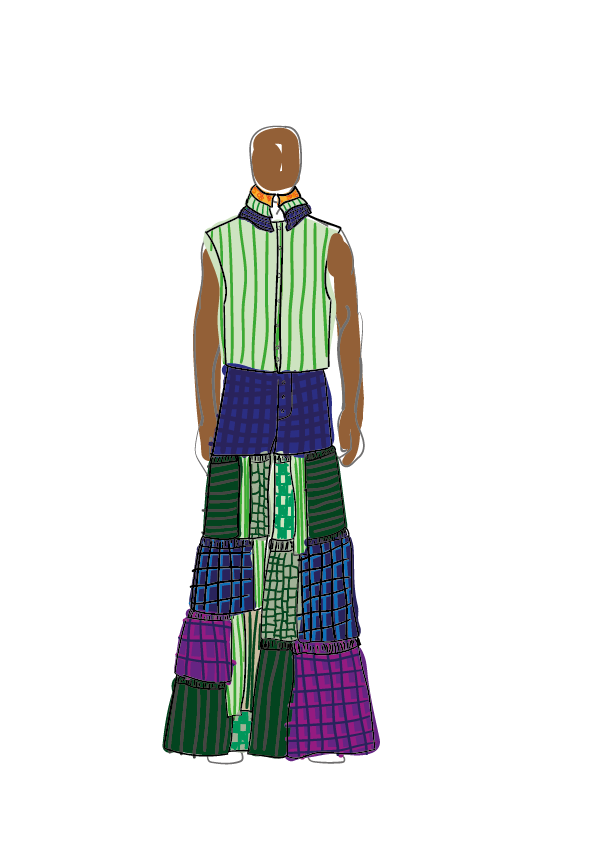
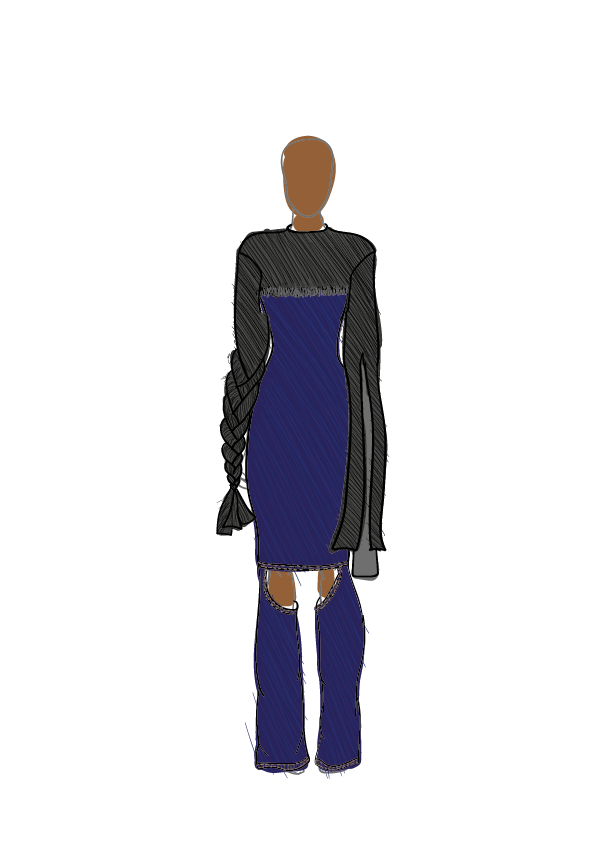
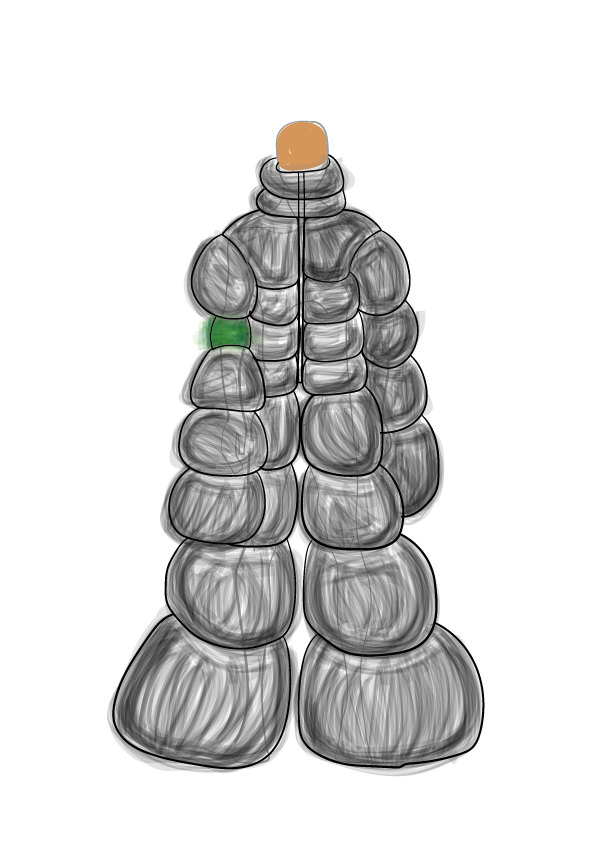
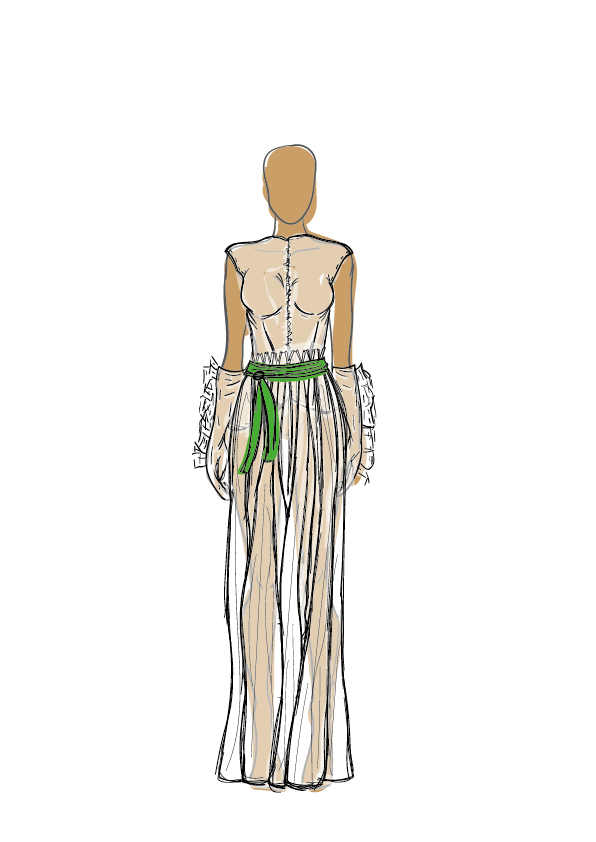
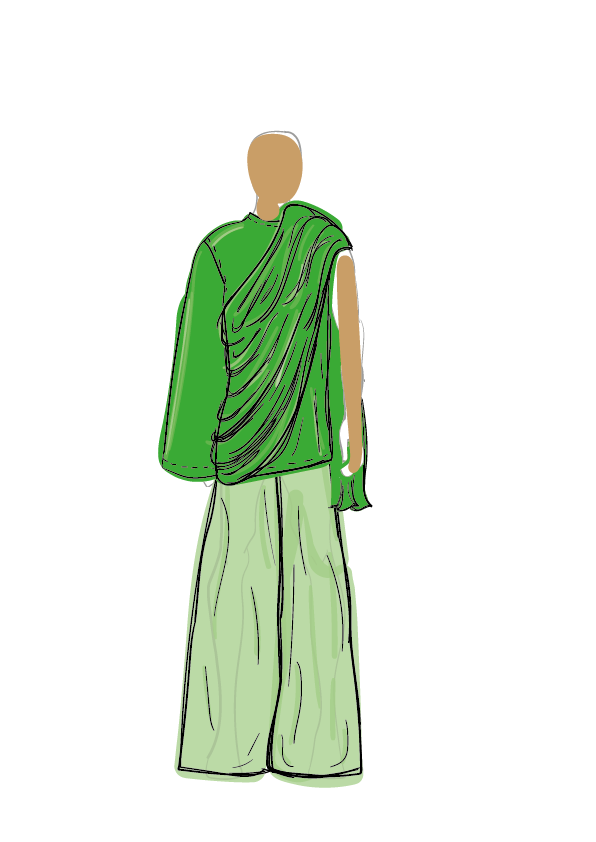
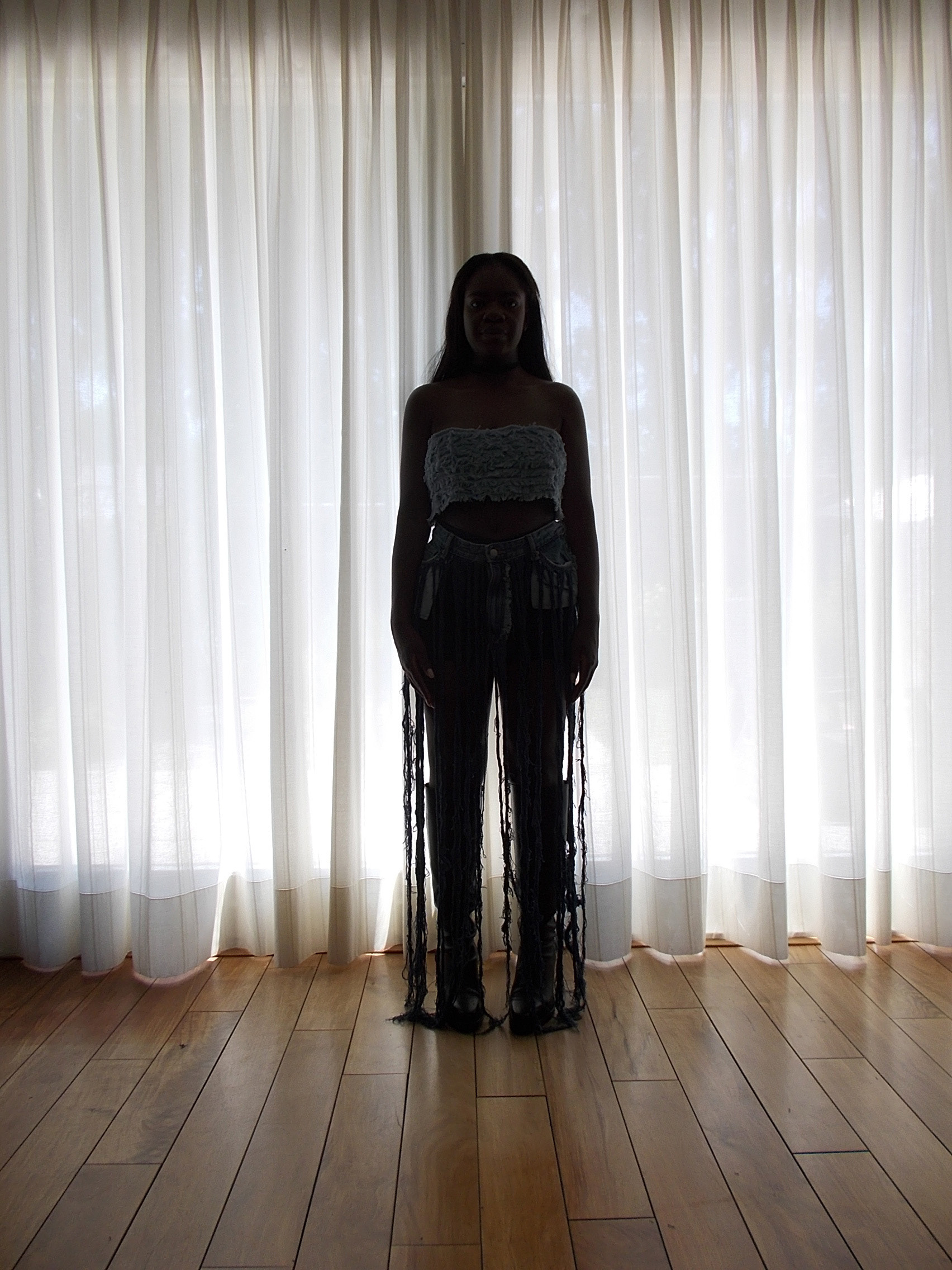
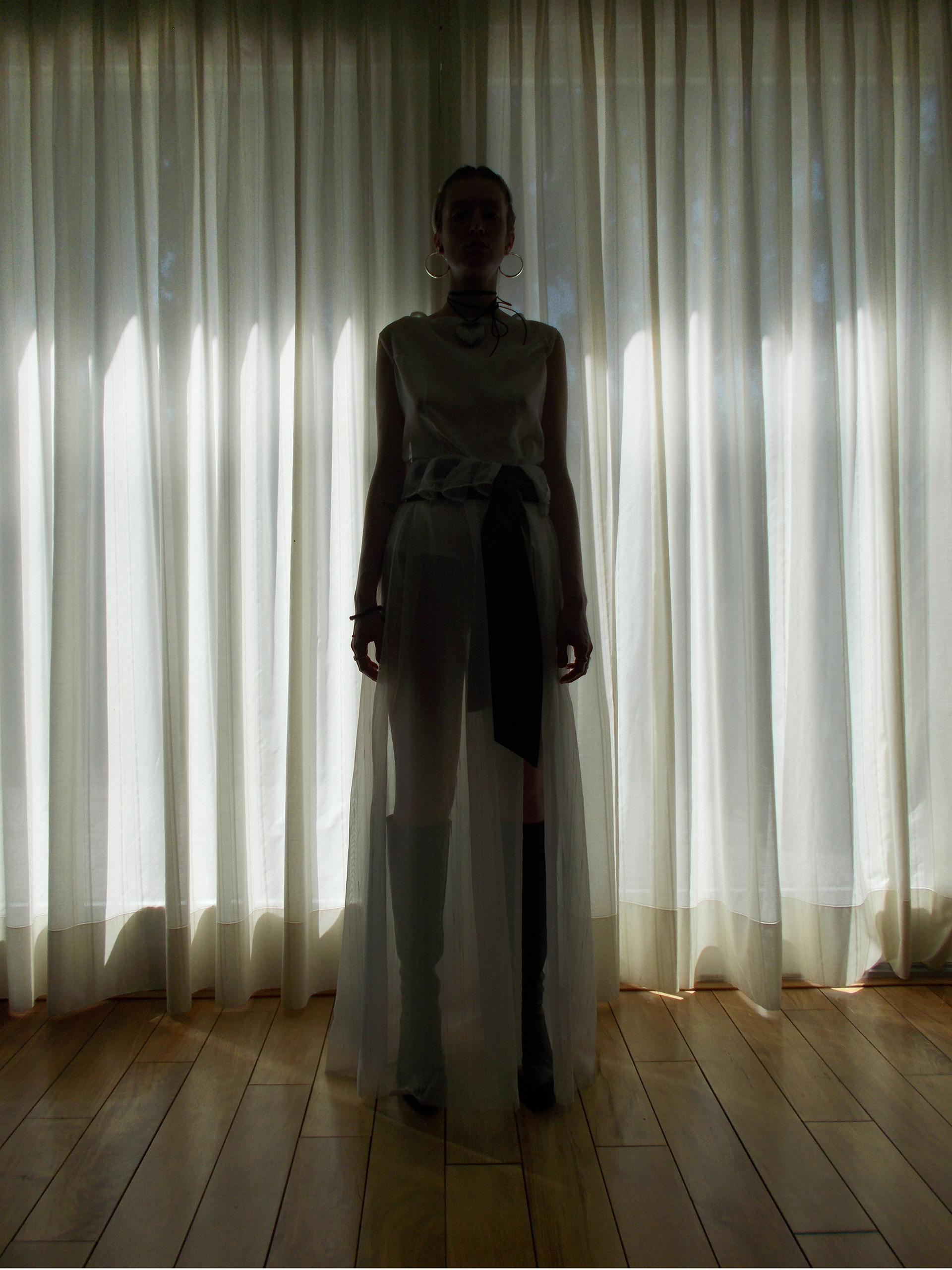
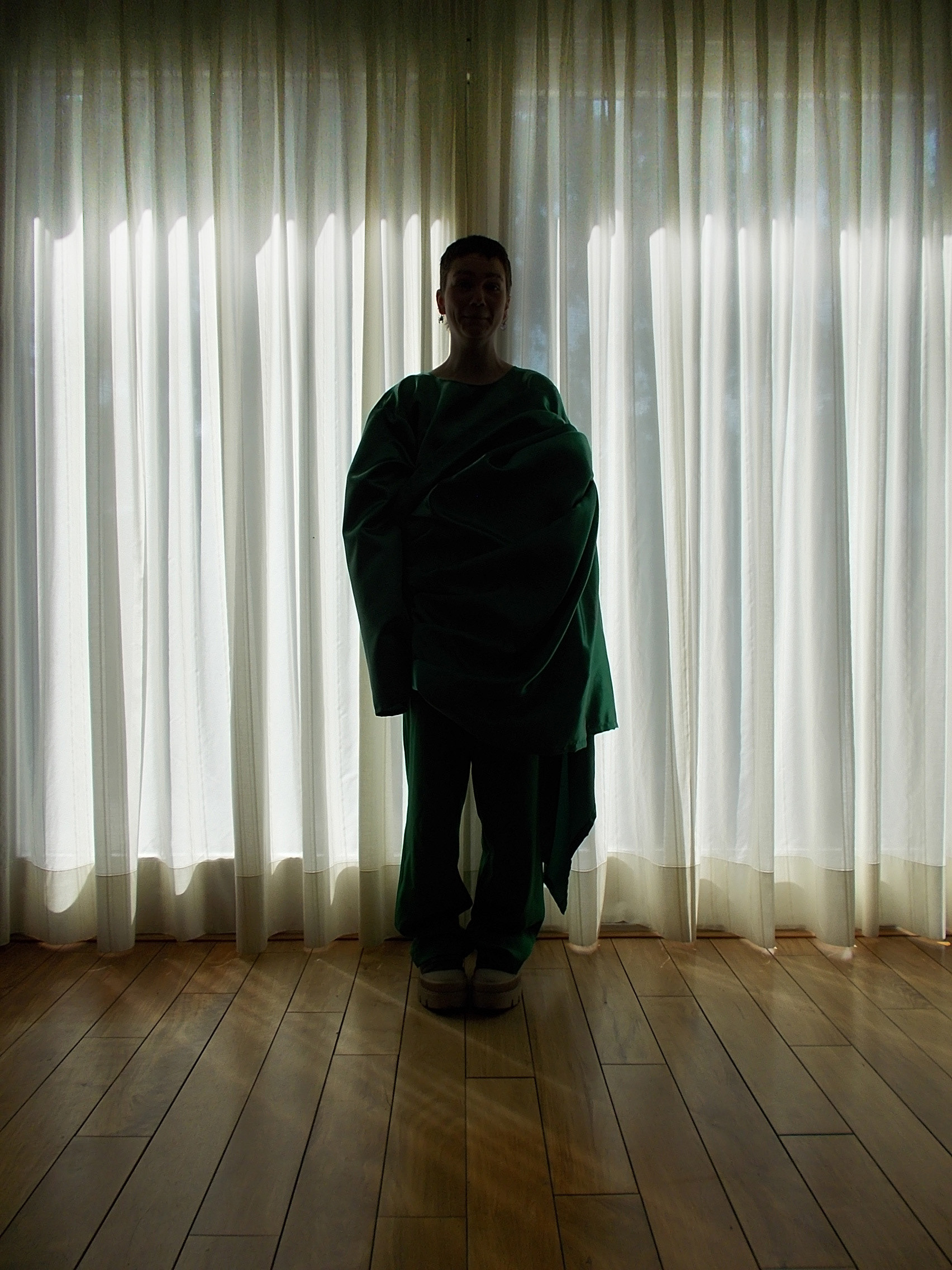
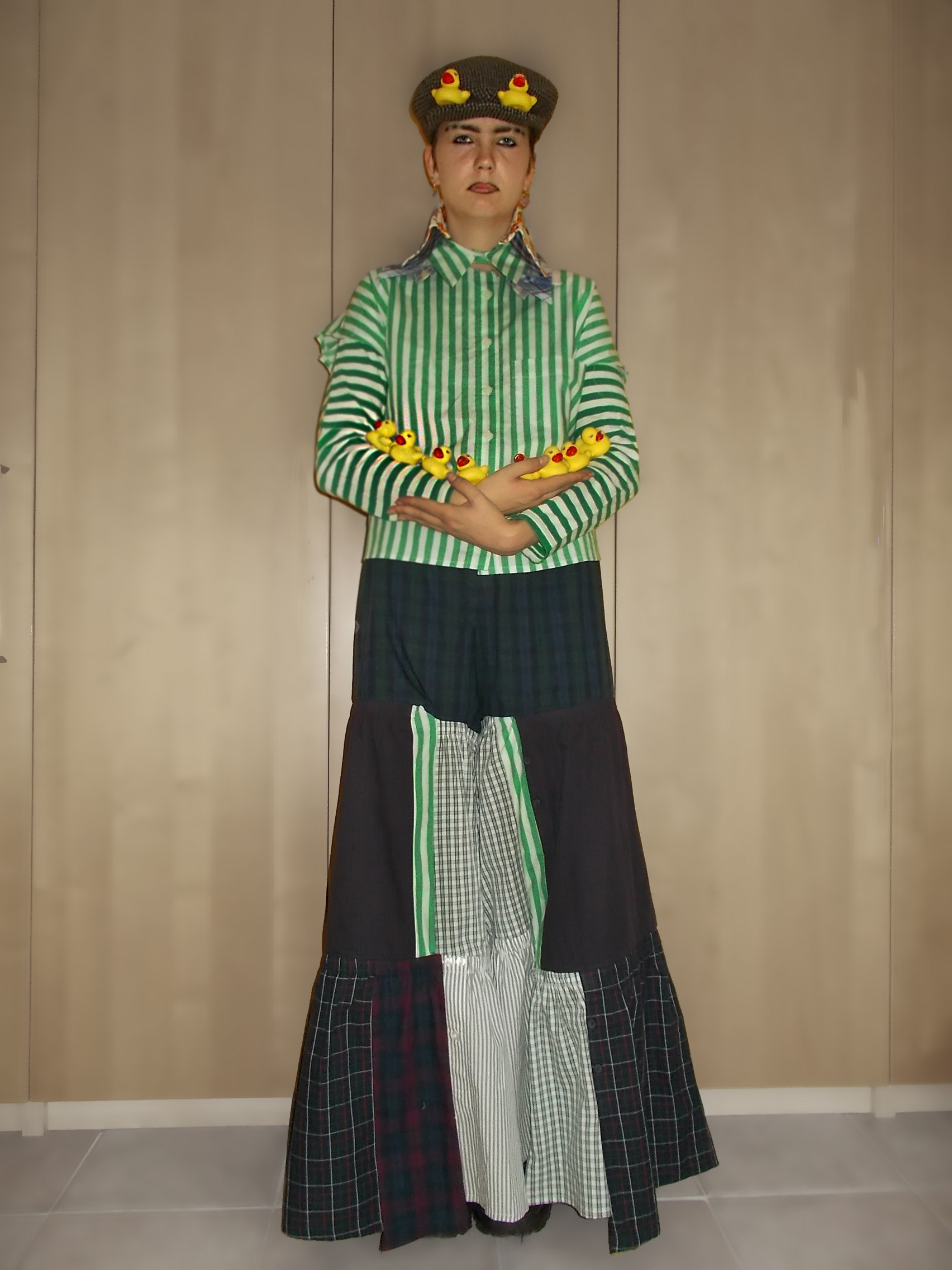
DENIAL
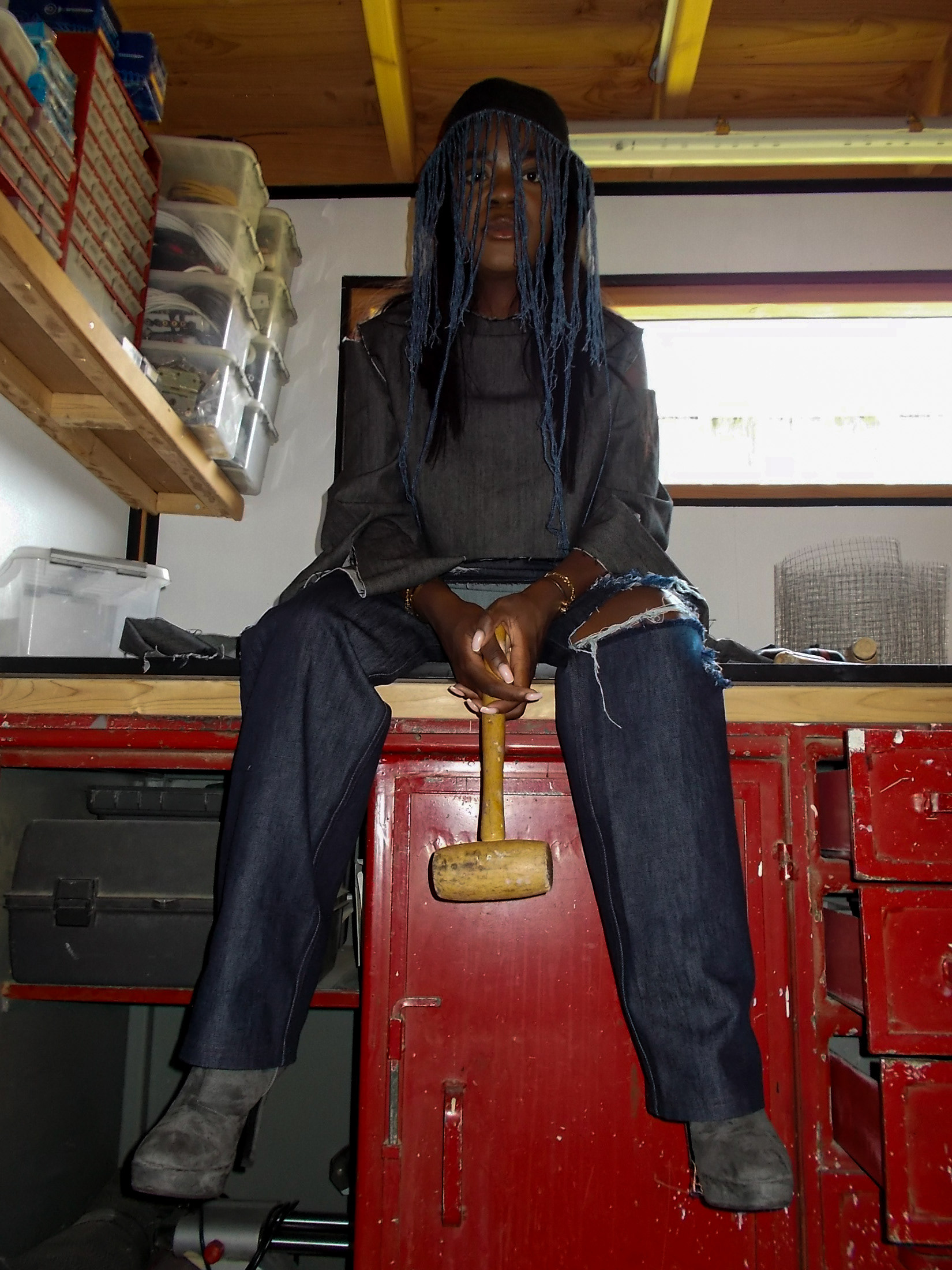
ANGER
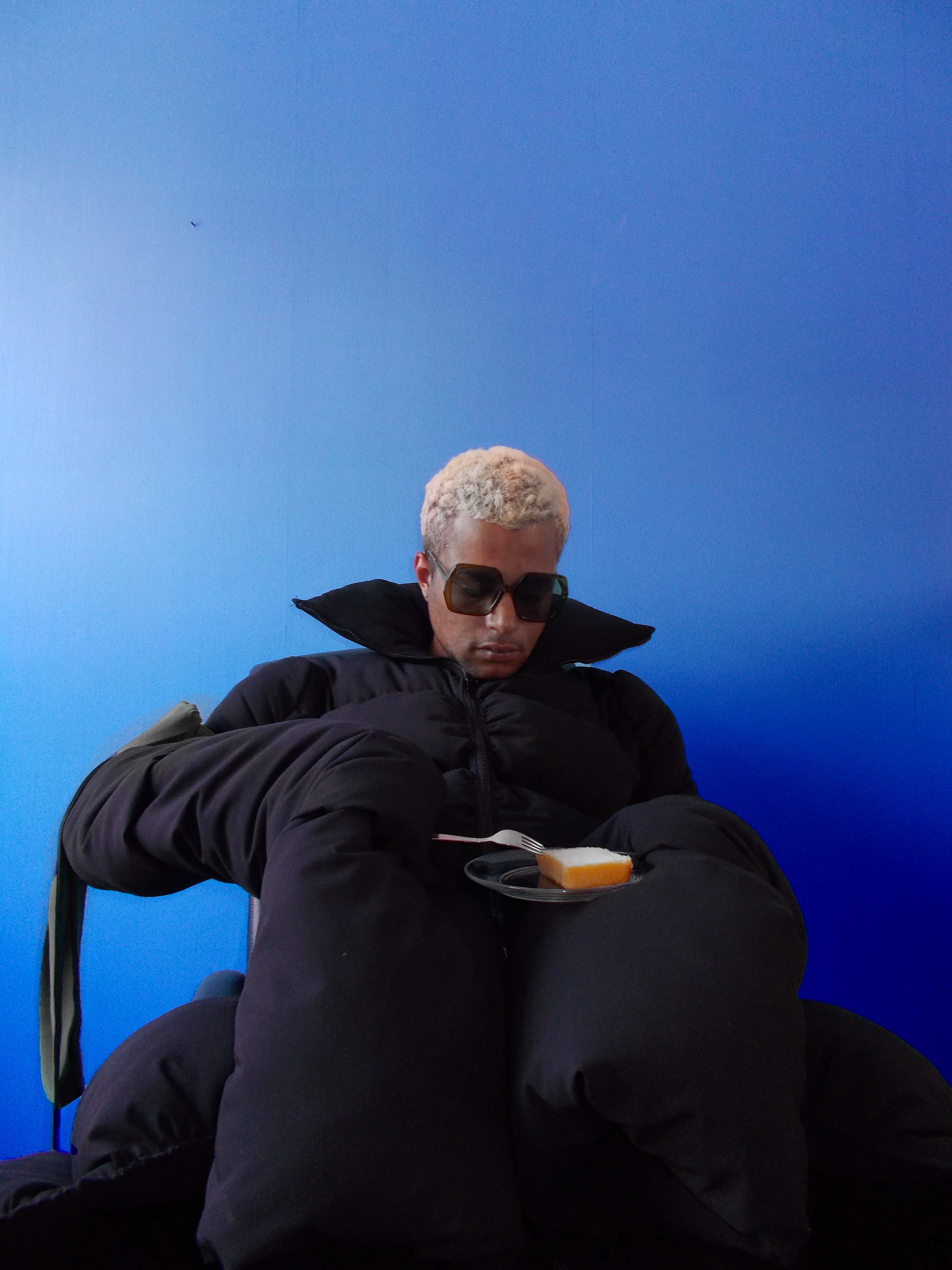
DEPRESSION
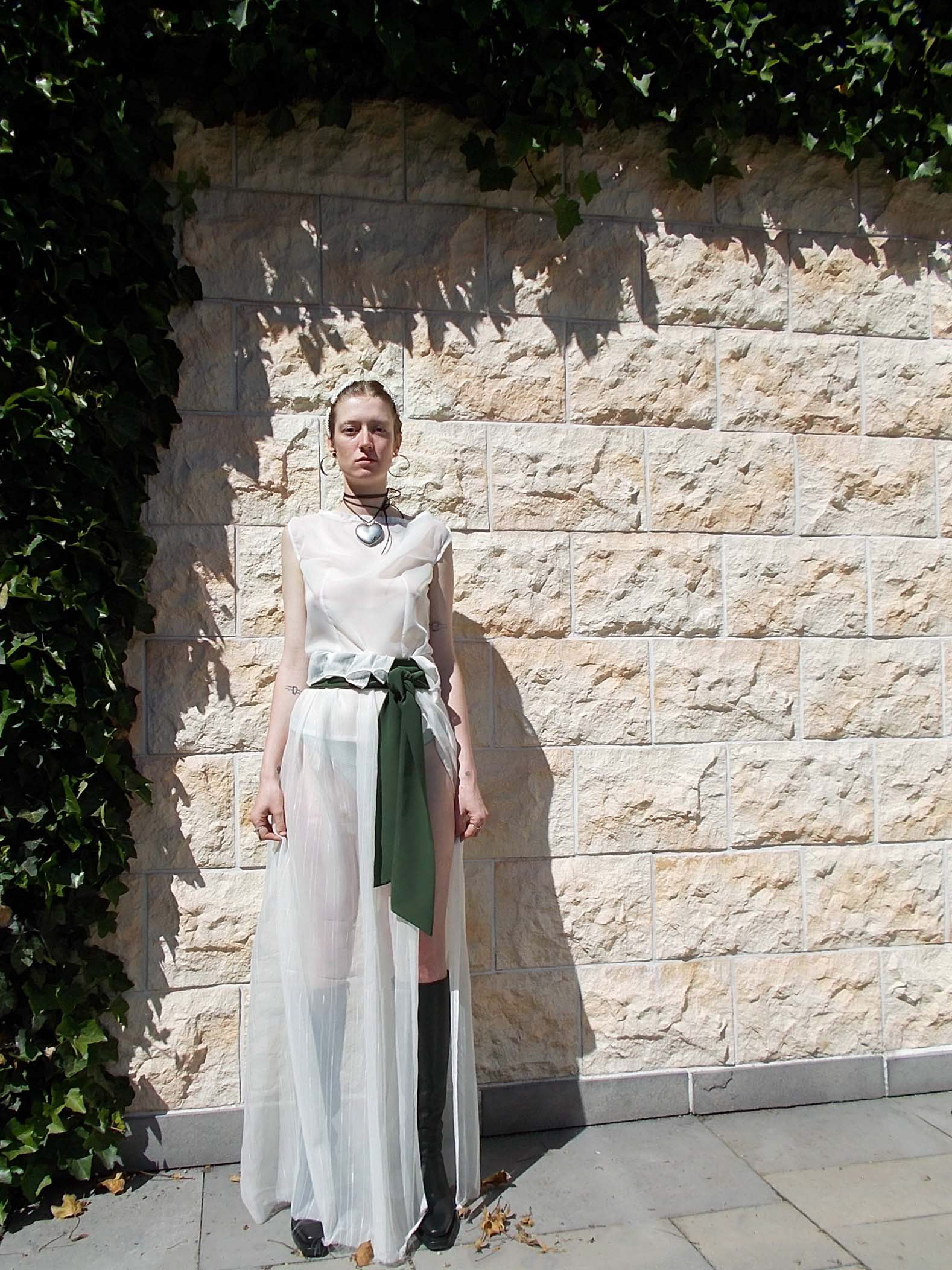
EMPTINESS
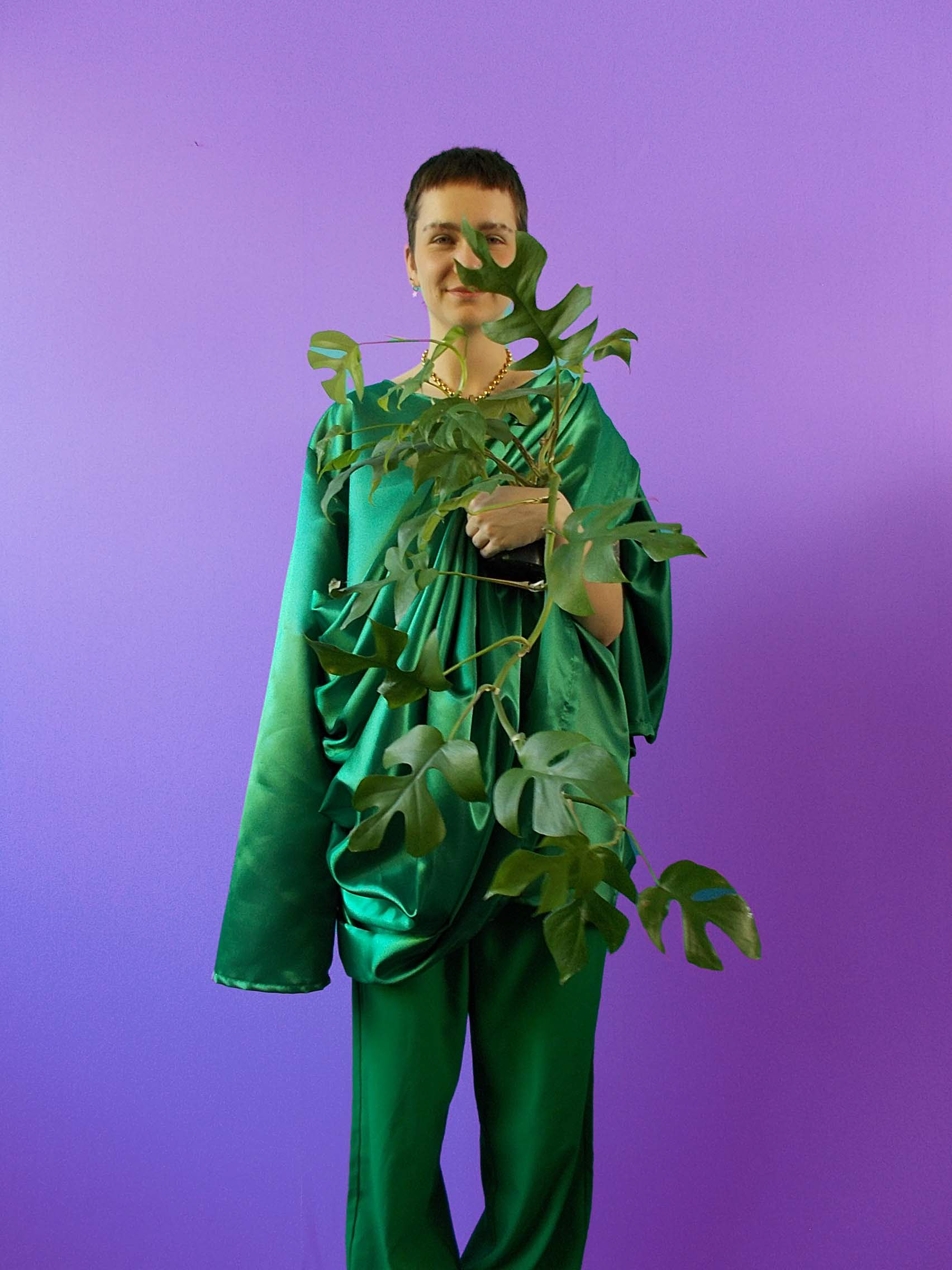
ACCEPTION
GRADUATION SHOW
I am honored to announce that I am one of the four nominees for the Dutch Design Week in Eindhoven and for the Best In Show Award.
